




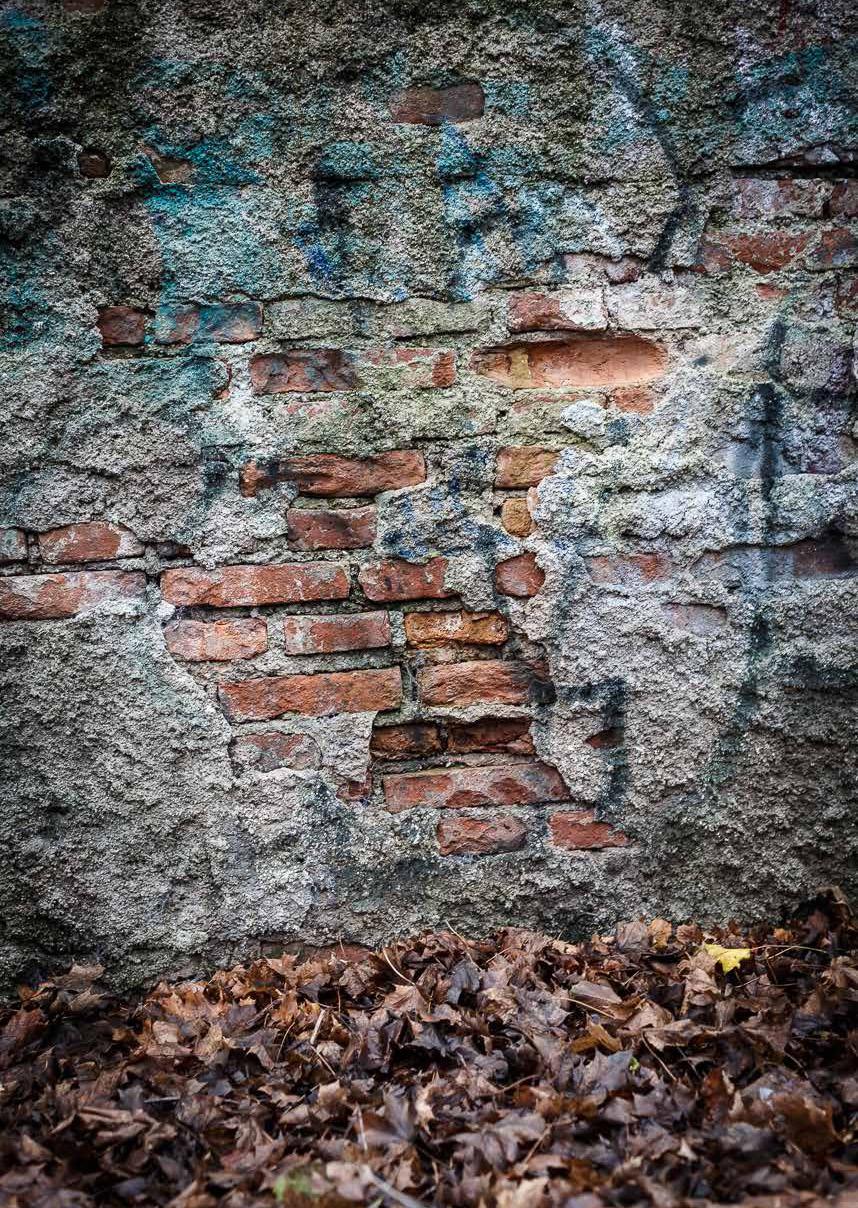
PHOTOGRAPHER: Wolfgang Strassl FRPS
IMAGE TITLE: Man in the Wall
CAPTION: This reminds me of the Man in the Moon – sometimes we see a face or at least think we recognize a face, but is it, and if yes why?
Get featured as well
Would you like to be featured on the front page as well? Then please send us your favourite image, including the title of the photo, the place where you took it, and a short caption.
We would love to hear what motivated you to take this photo and what emotions it triggers in you. You can send us the photo as a JPEG, TIFF, or PSD file. Please make sure that the photo has a minimum resolution of 3000 x 3000 pixels and 300 dpi.
Of course, we must also adhere to the regulations for data protection and the rights of use according to copyright law. Therefore, we ask you to make a short statement in the email regarding the declaration of consent of the person(s) depicted and to allow us to use your photo.
Please use the following email address to send the photo: germany@rps.org
EDITORIAL OFFICE
Royal Photographic Society Germany Chapter
Chris Renk
©2025 RPS Germany Chapter - all rights reserved
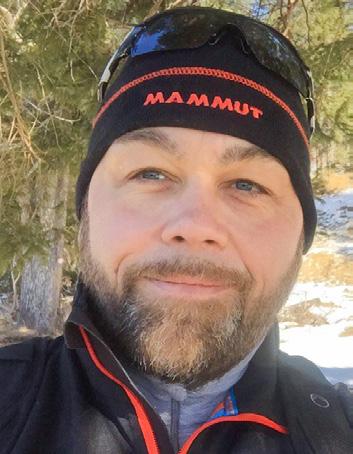
As we enter a new year, we are thrilled to embrace an exciting calendar of activities within our Chapter.
This year promises many opportunities to connect, learn, and create. We will host a variety of online talks and workshops designed to inspire and refine your craft.
Furthermore, we’ll begin preparations for the much-anticipated Chapter Common Exhibition in 2026, centred around the captivating theme of Minimalism. This event is sure to spotlight the extraordinary talent within our community.
In this issue, we are delighted to present a diverse selection of articles that reflect the depth and creativity of our members:
• Backyard Still Lives by Wolfgang Strassl Wolfgang invites us into the often-overlooked beauty of courtyards, capturing their hidden gems through his lens. His images reveal a world of quiet wonder, bringing still lives to life in ways that inspire reflection and admiration.
• Eberhard Potempa’s Visit to the Jewish Quarter of Prague Journey with Eberhard through the historic streets of Prague’s Jewish Quarter. His stunning visuals convey the spirit and poignant history of this remarkable place, a tribute to the enduring power of photography to tell stories that resonate deeply.
• Travel Report: The Isle of Rügen by Chris Renk
In this feature, I share my photographic journey to the Isle of Rügen, a destination rich in natural beauty and cultural heritage. I’ve sought to capture the island’s essence through my lens, offering readers a glimpse into its striking landscapes and timeless charm.
Beyond the articles, our chapter will grow this year through collaboration and shared learning.
The workshops planned for the months ahead will cover a wide range of topics, from technical skill-building to exploring conceptual approaches in photography.
Our online talks will bring together voices from the photographic spectrum, offering fresh perspectives and spark creative dialogue.
In preparation for the Chapter Common Exhibition in 2026, we also encourage members to consider how their work aligns with the theme of Minimalism.
This collective showcase will allow us to celebrate the diverse viewpoints within our Chapter, which are unified by a shared passion for photography.
Finally, we thank all contributors who have made this issue possible. Their dedication and creativity continue to inspire and enrich our community.
Thank you, for your ongoing support, and we look forward to an inspiring year ahead.
Warm regards,
Chris Renk
Editor & Chapter Organiser
Royal Photographic Society Germany Chapter
In this issue, we are thrilled to feature Wolfgang Strassl’s evocative photo story, which offers a unique glimpse into the hidden worlds of urban courtyards.

In this issue, Eberhard Potempa invites us on a personal and visual journey through Prague’s Jewish Quarter.

64
PHOTO WORK 4TH QUARTER 2024
In focus contemporary art, minimalism and landscape photography.
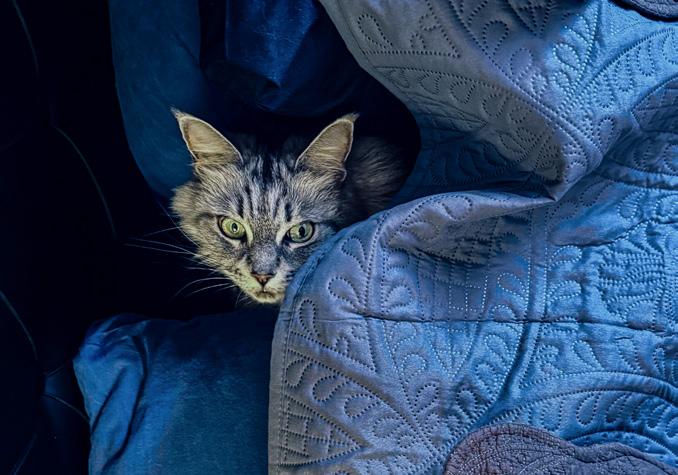
Learn more about the current composition of the Germany Chapter, its members’ interests, and their locations in Germany.

Join Chris Renk as he shares his reflections on the Baltic Gem, the Isle of Rügen. He visited eight spots for us.
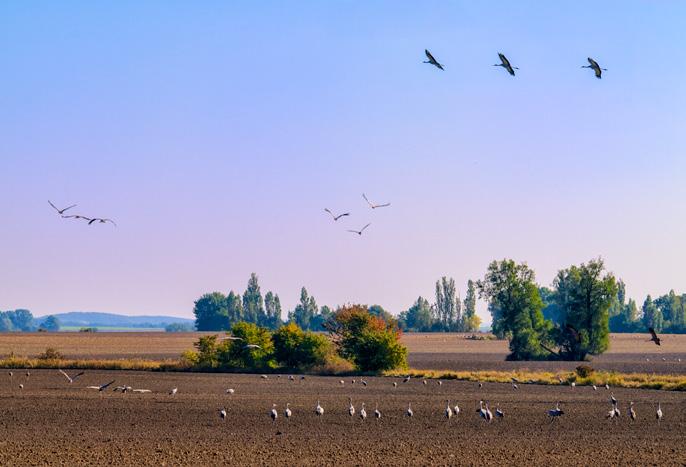
106
DATES & EVENTS
JAN 2025 - MAR 2025
Online Meeting, Release dates eMagazine, Webinars and Online Training of the Chapter.



WOLFGANG STRASSL FRPS
In this issue, we are thrilled to feature Wolfgang Strassl's evocative photo story, Backyard Stil Lives. As a Fellow of the Royal Photographic Society, Wolfgang is renowned for his ability to transform everyday scenes into compelling narratives through his lens.
This Story offers a unique glimpse into the hidden worlds of urban courtyards, capturing their quiet beauty and untold stories. Wolfgang's mastery of light, composition, and storytelling invites the viewer to explore these often-overlooked spaces with a fresh perspective. We hope you enjoy this intimate journey into Hinterhof as much as we do.
The backyard is an unusual social space, the appearance of which, upon closer inspection, tells us a great deal about the people who use that space. Unlike most urban spaces, it tends not to have been intentionally created and designed as a living space.
Initially, it was an empty area between the surrounding buildings. However, residents use it as open space, assigning it different meanings and functions and furnishing it with various things.
This process of appropriation and design is often less planned and purposeful and more spontaneous and intuitive. For this reason, it reveals a lot about the subconscious attitudes and needs of the people who use this space.
Wolfgang Strassl examines the reality of these urban subjects, which are only superficially banal and trivial, and his photographs depict these spaces detached from such attributions as still lives arranged without design in all their ambiguous, surreal, and poetic depth.

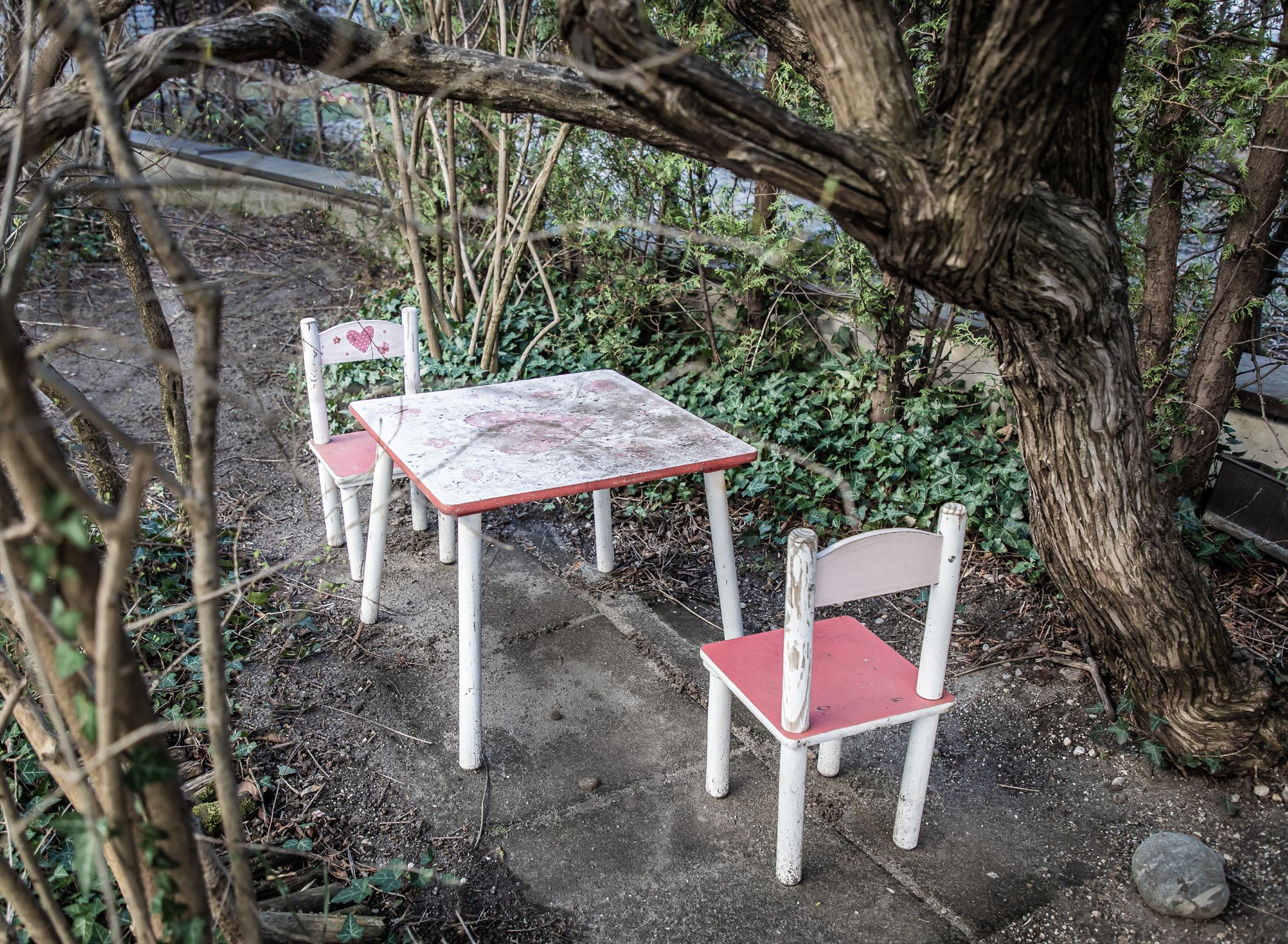
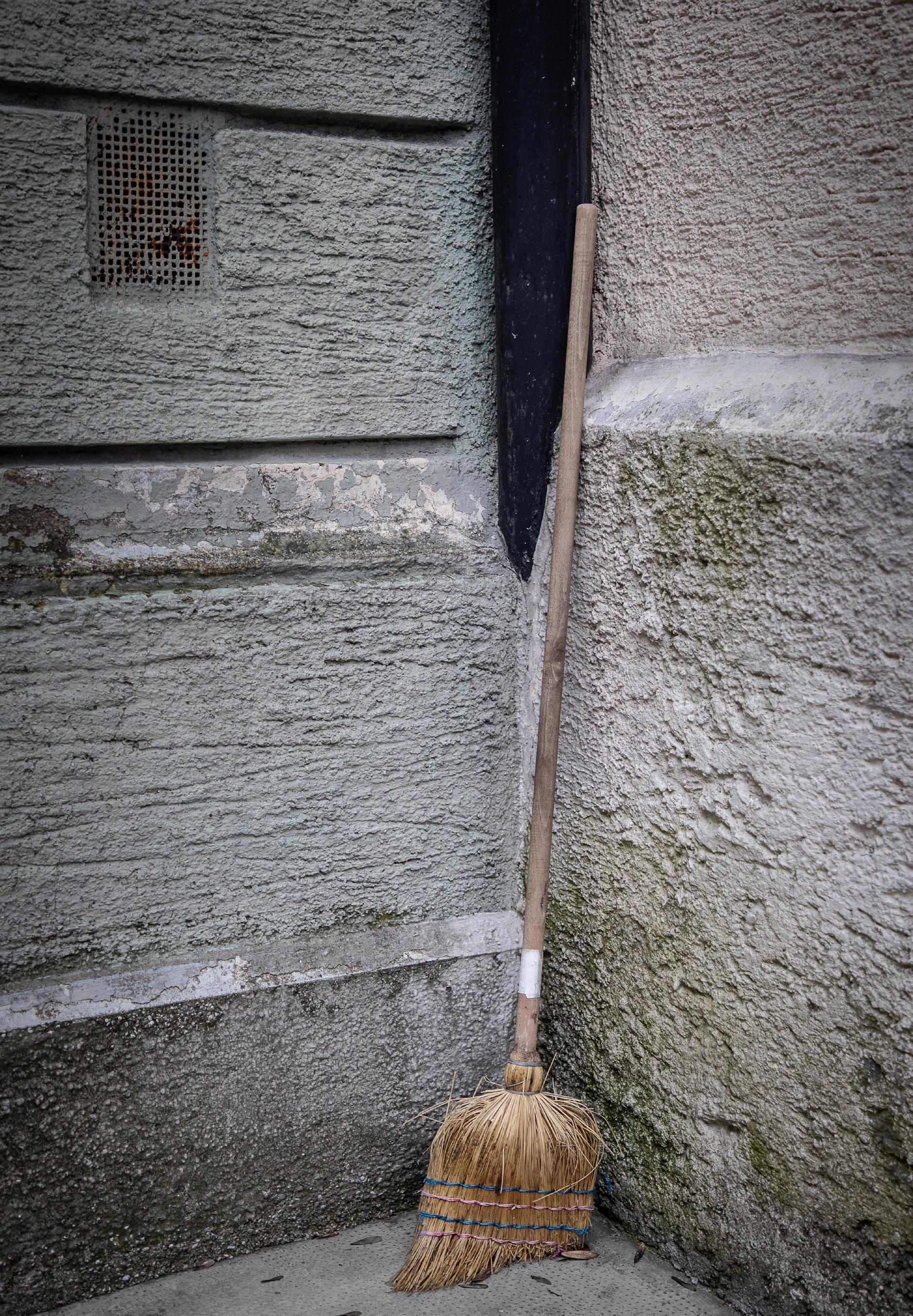
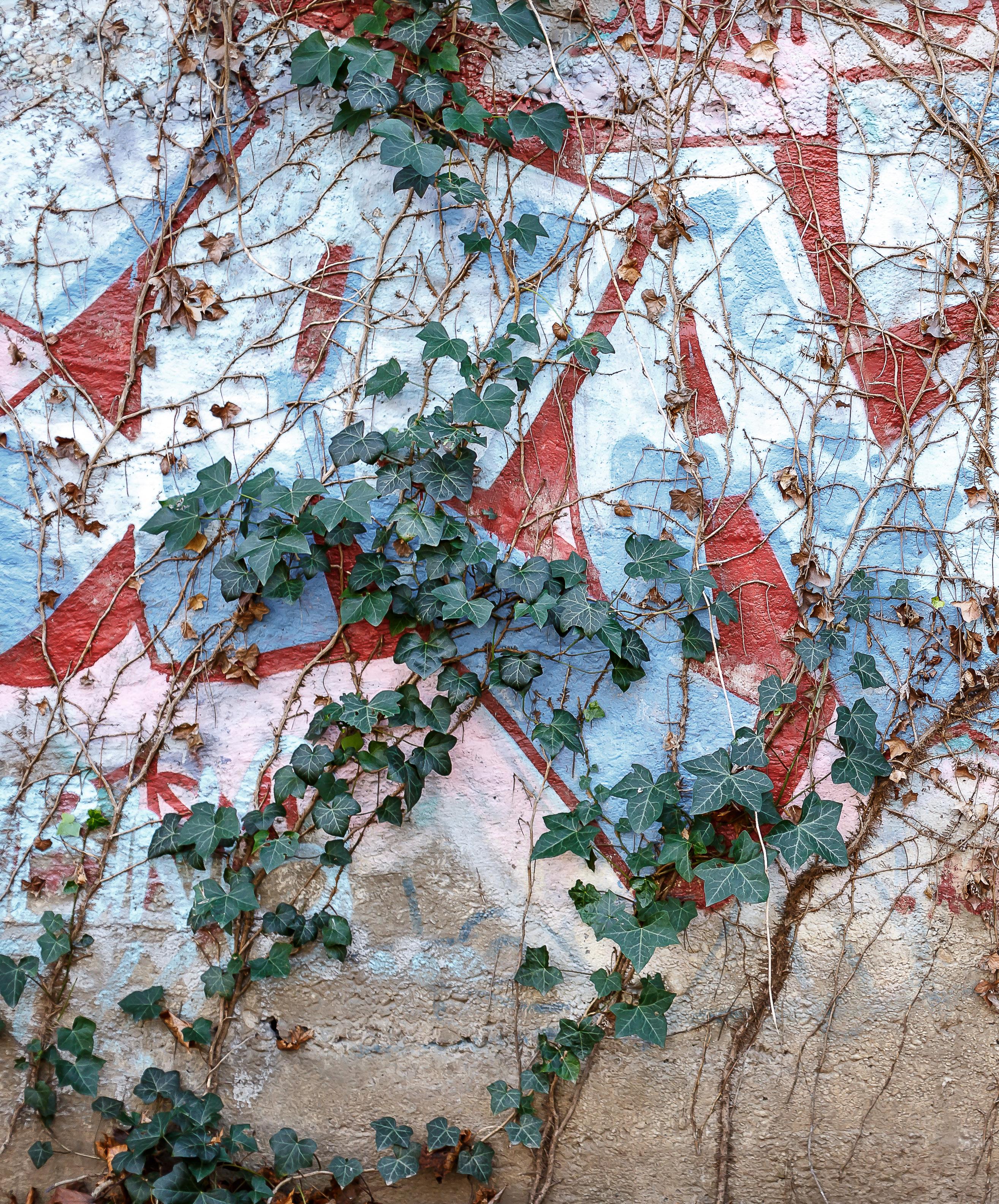


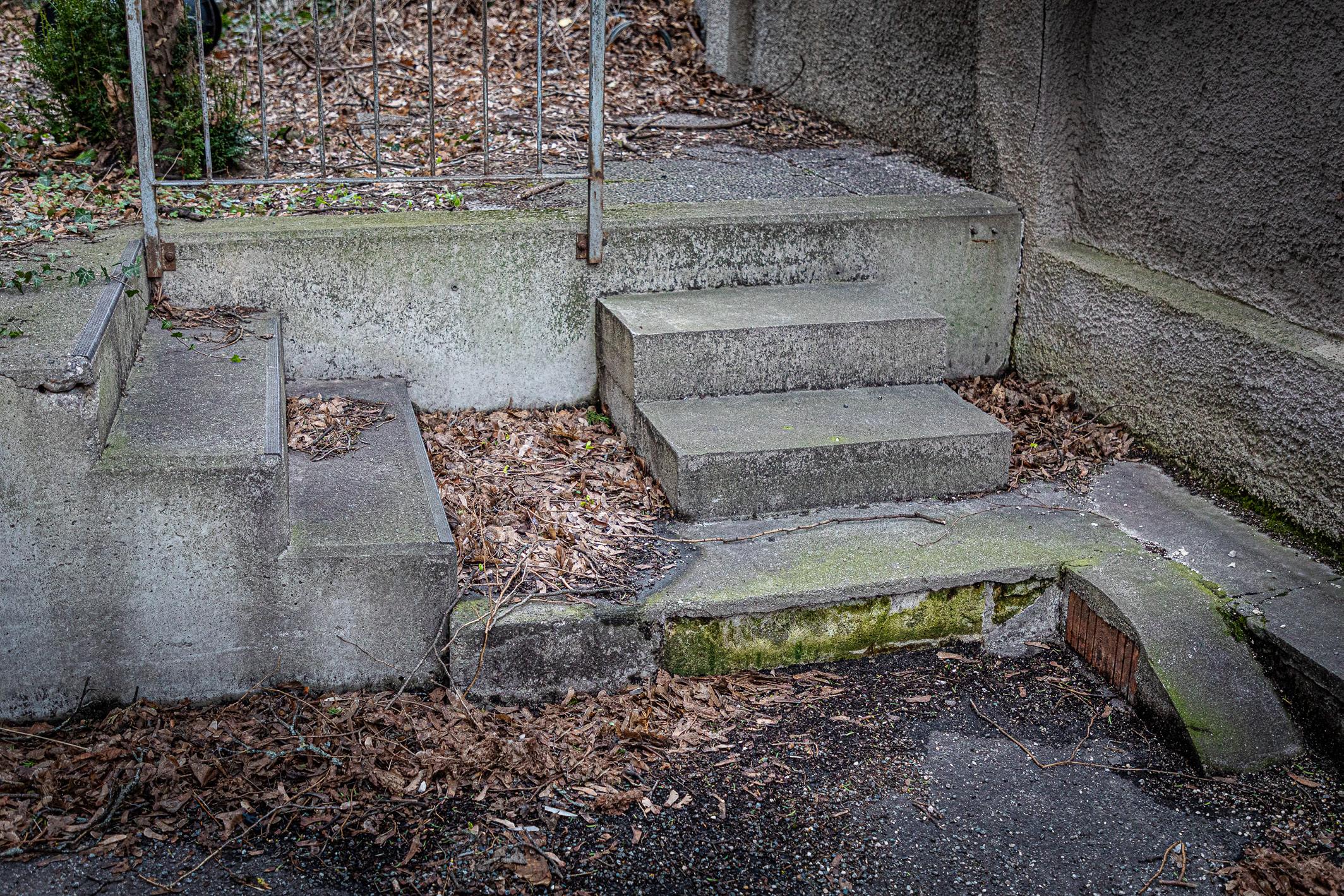
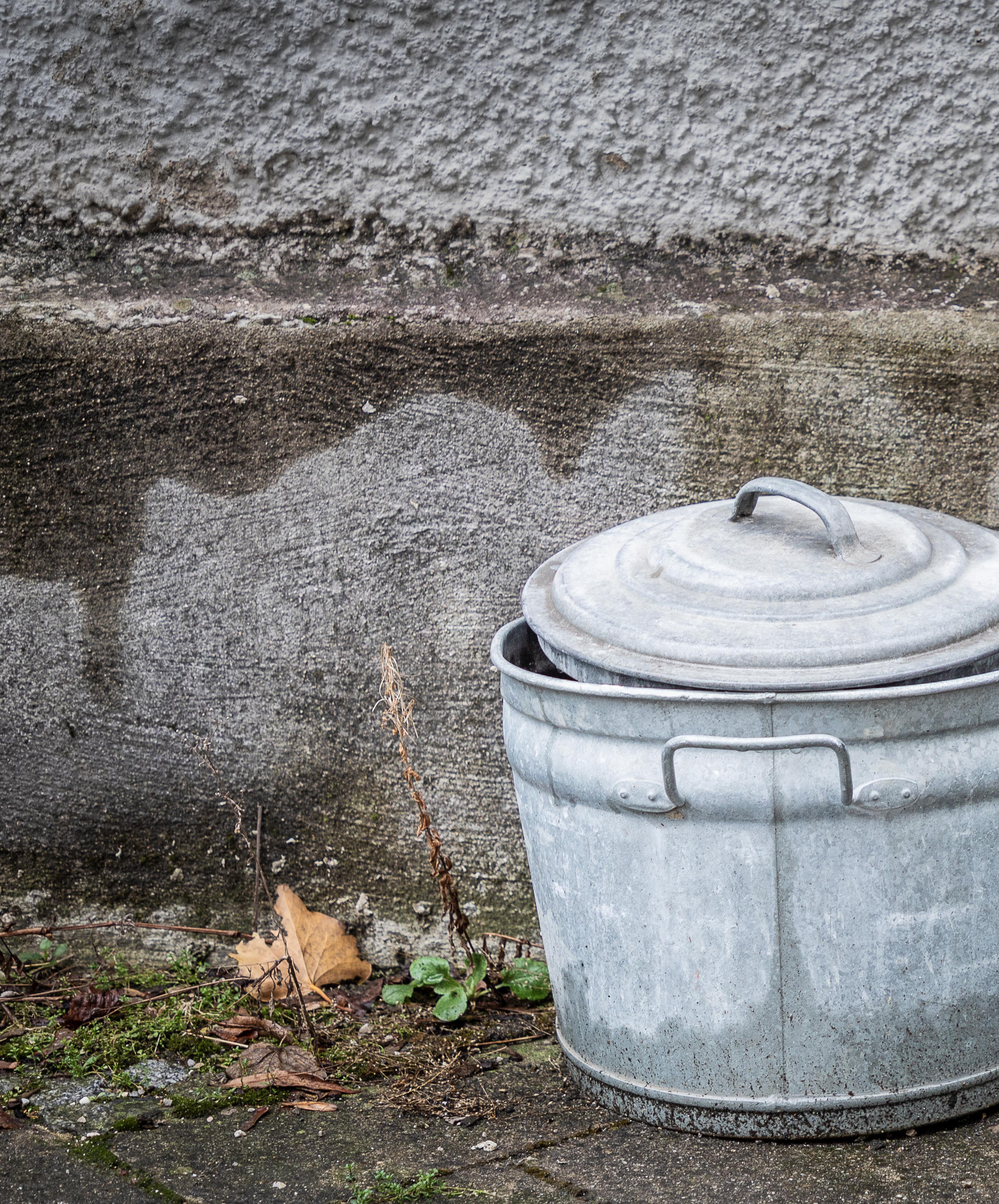

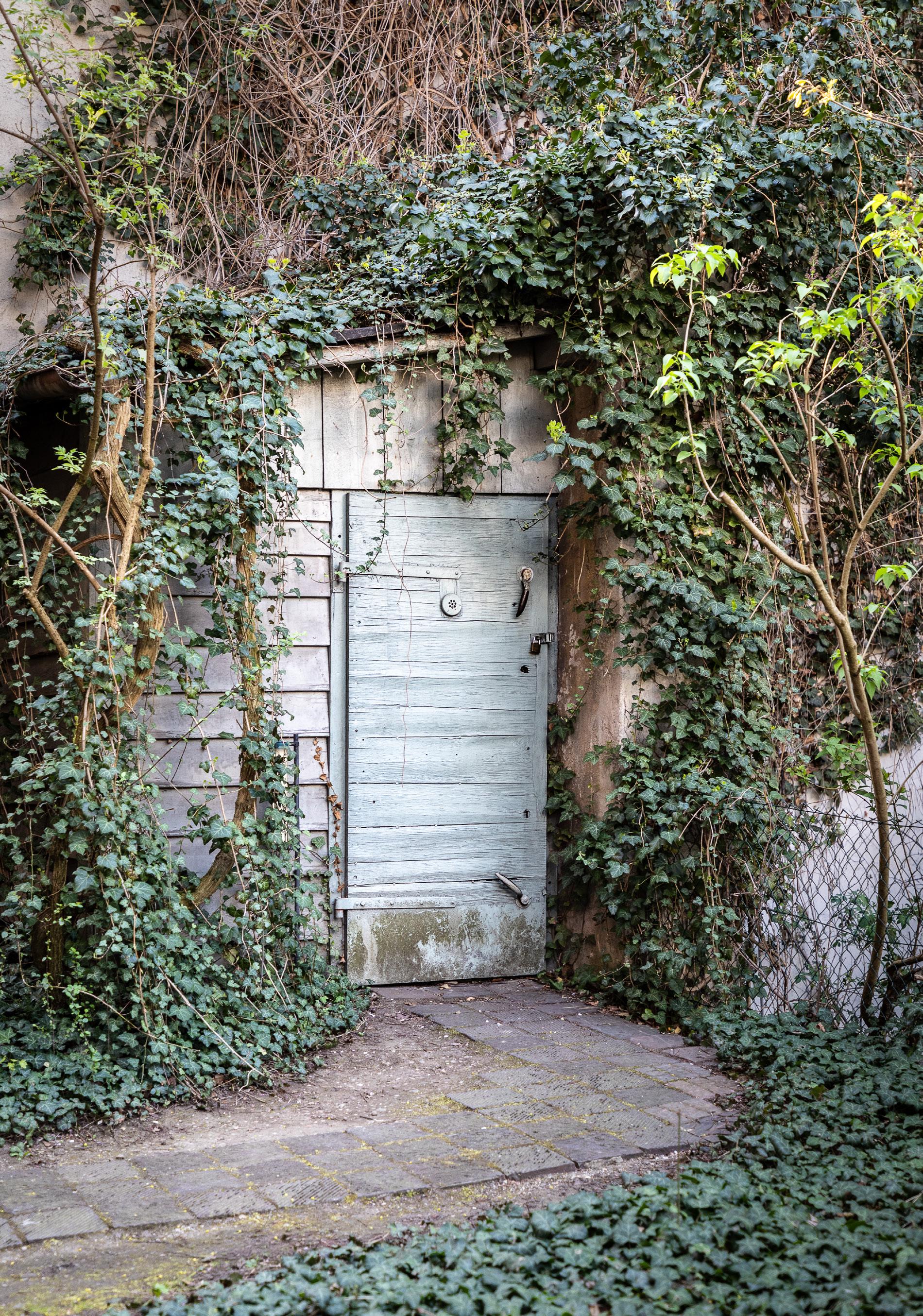
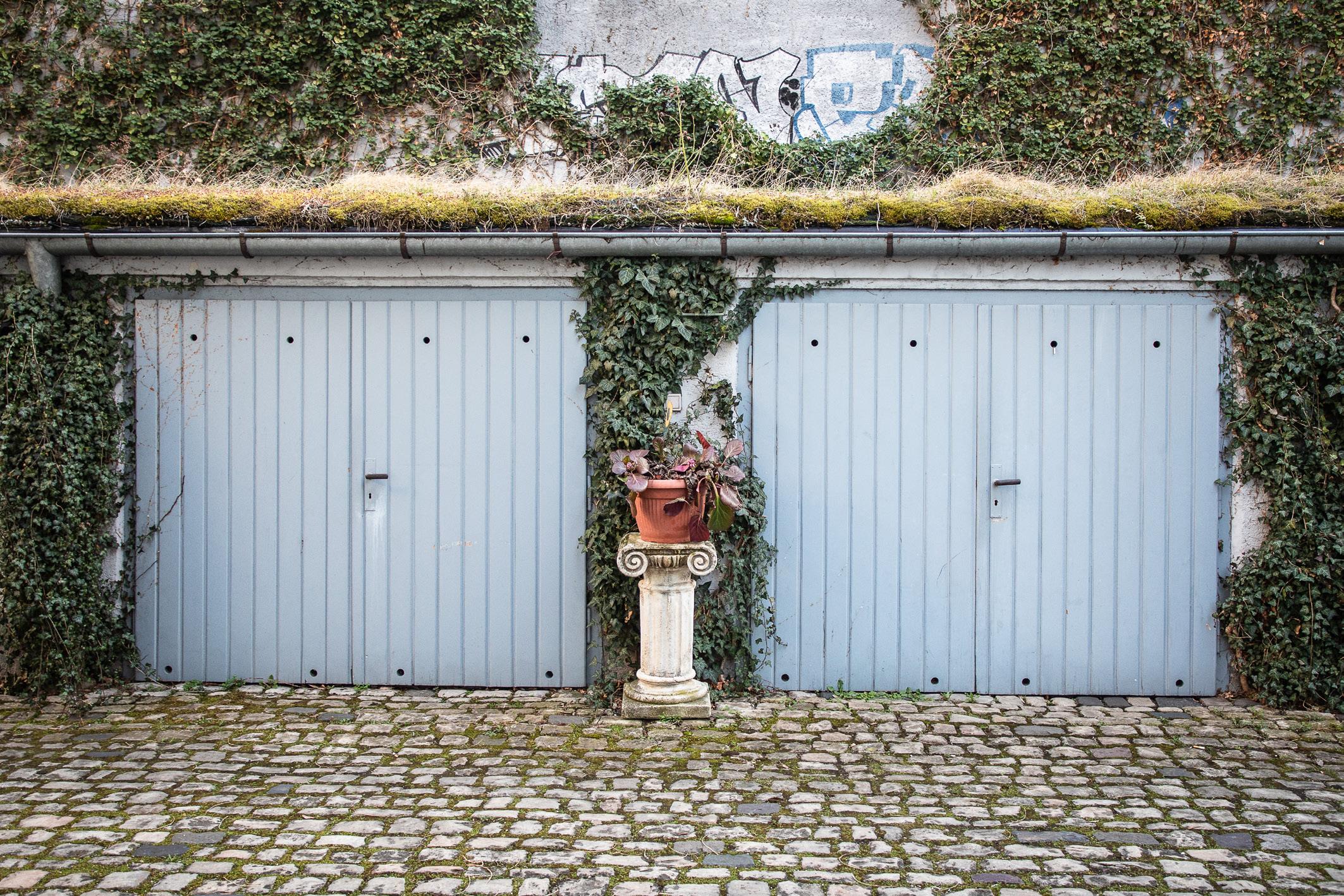

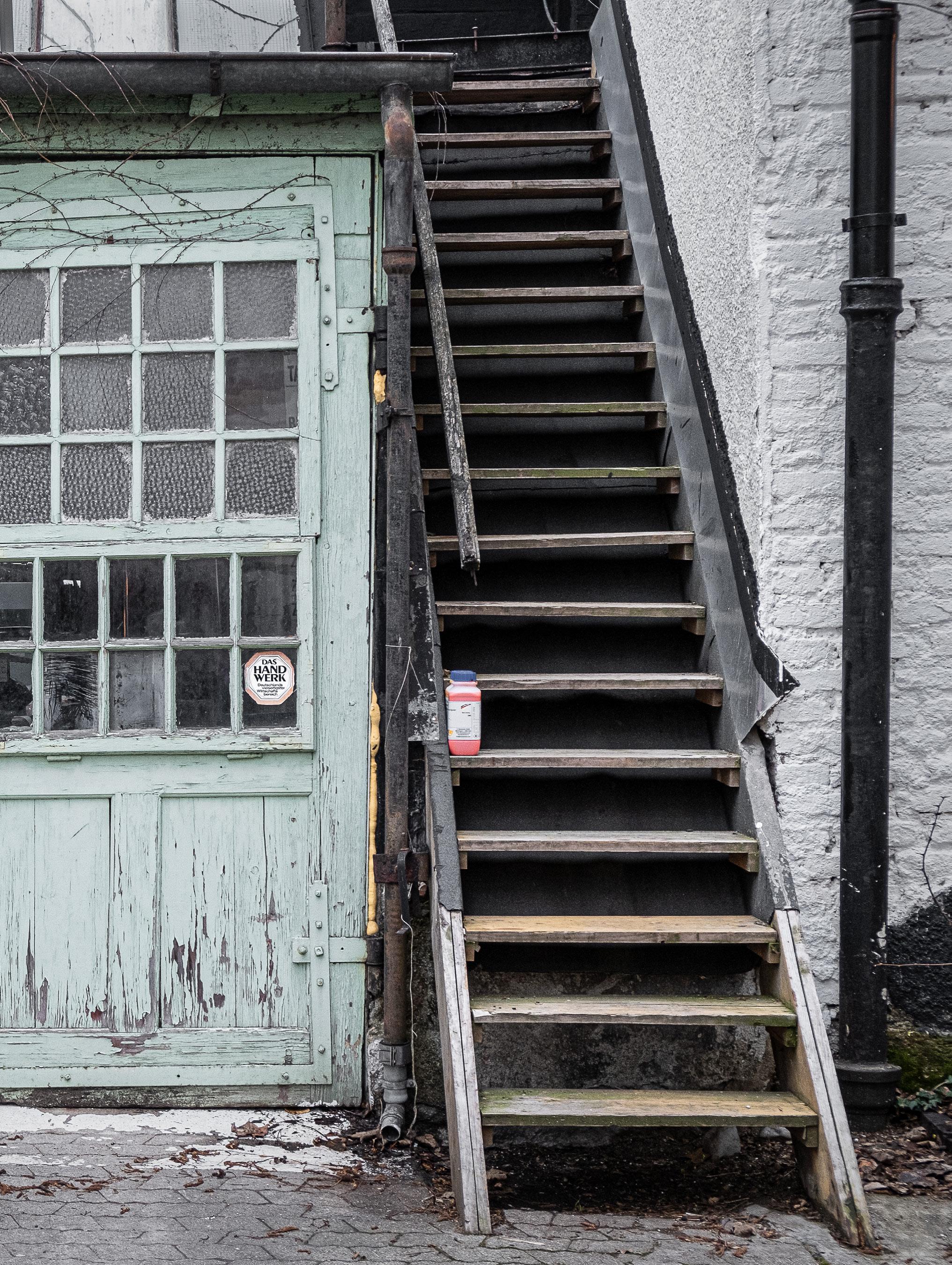
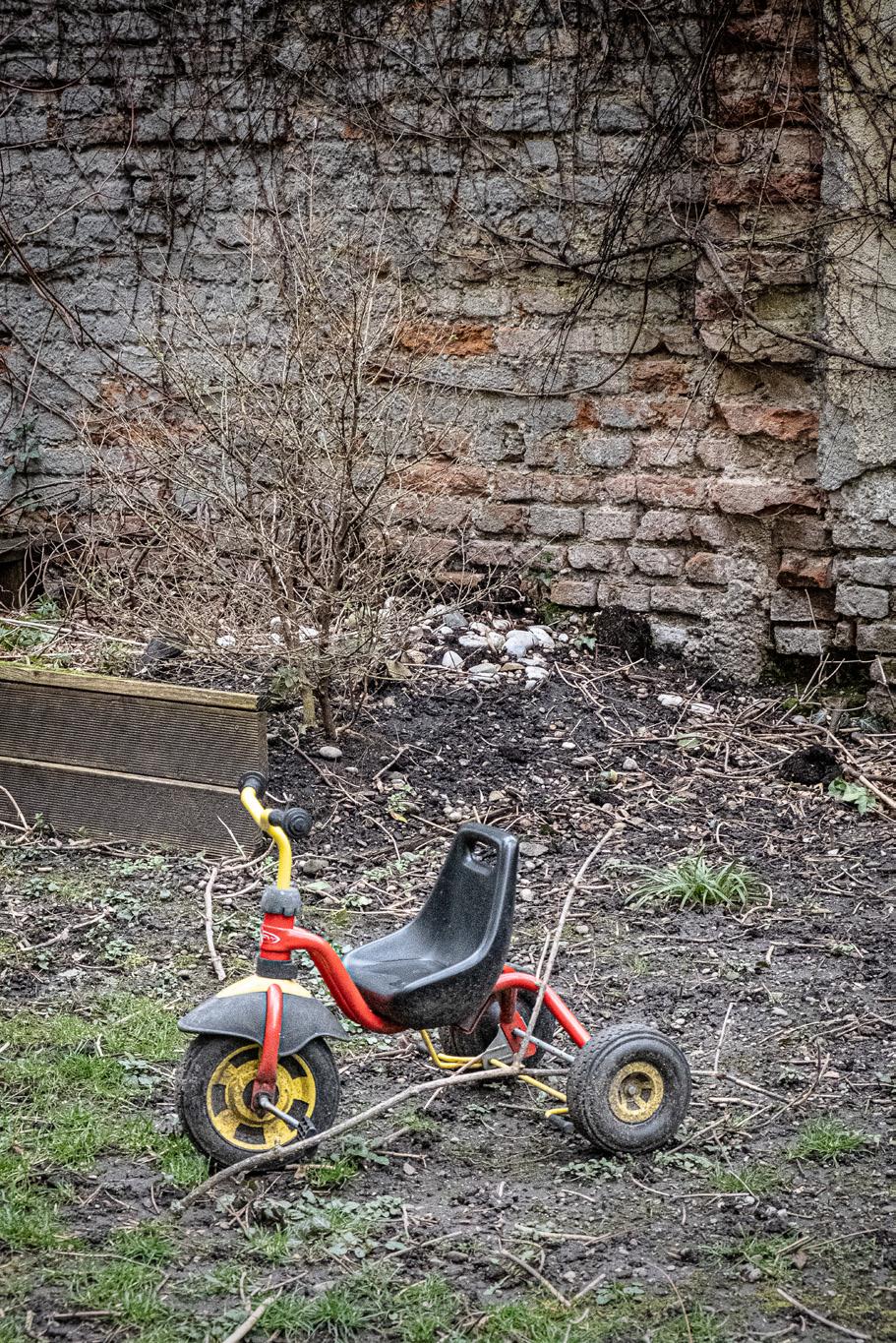



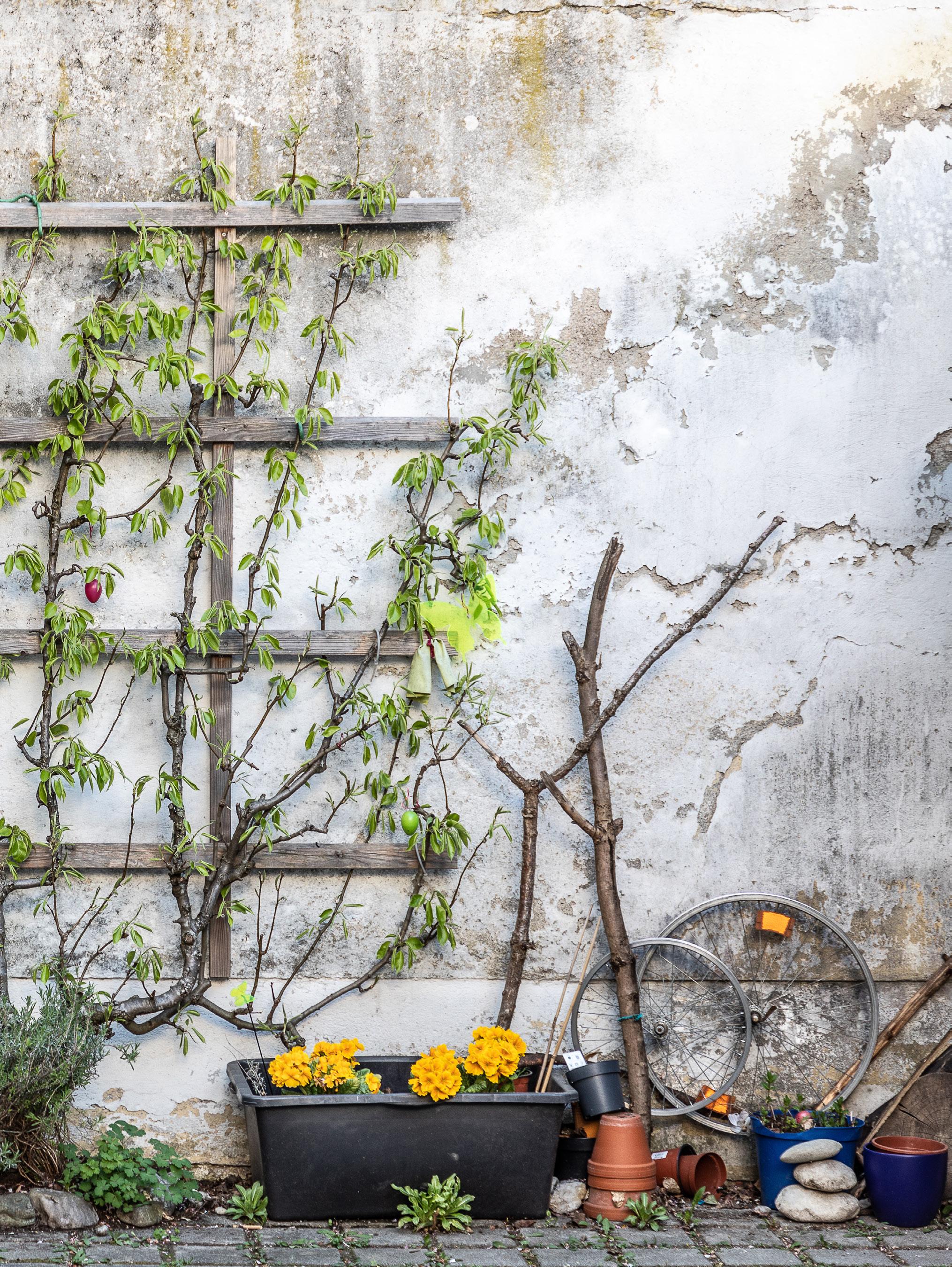


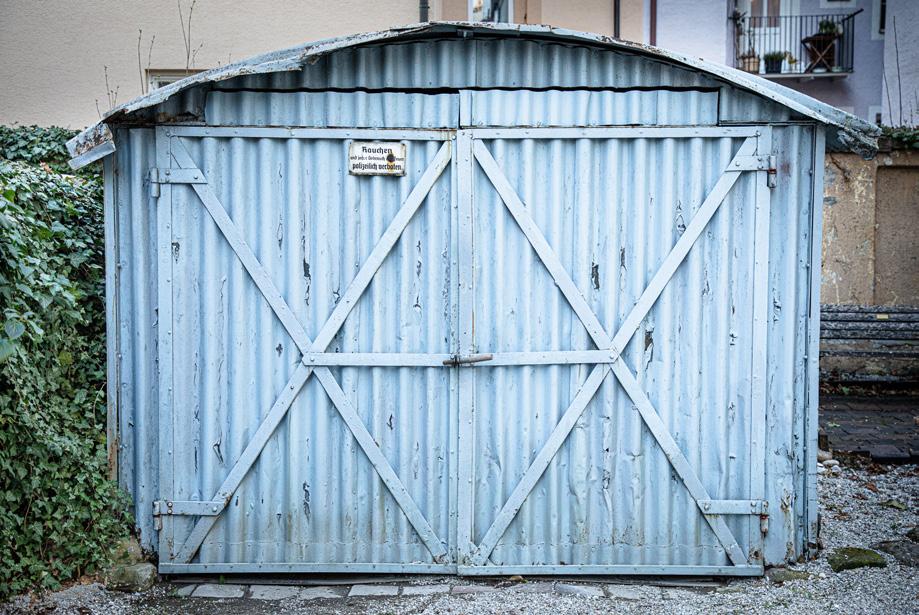
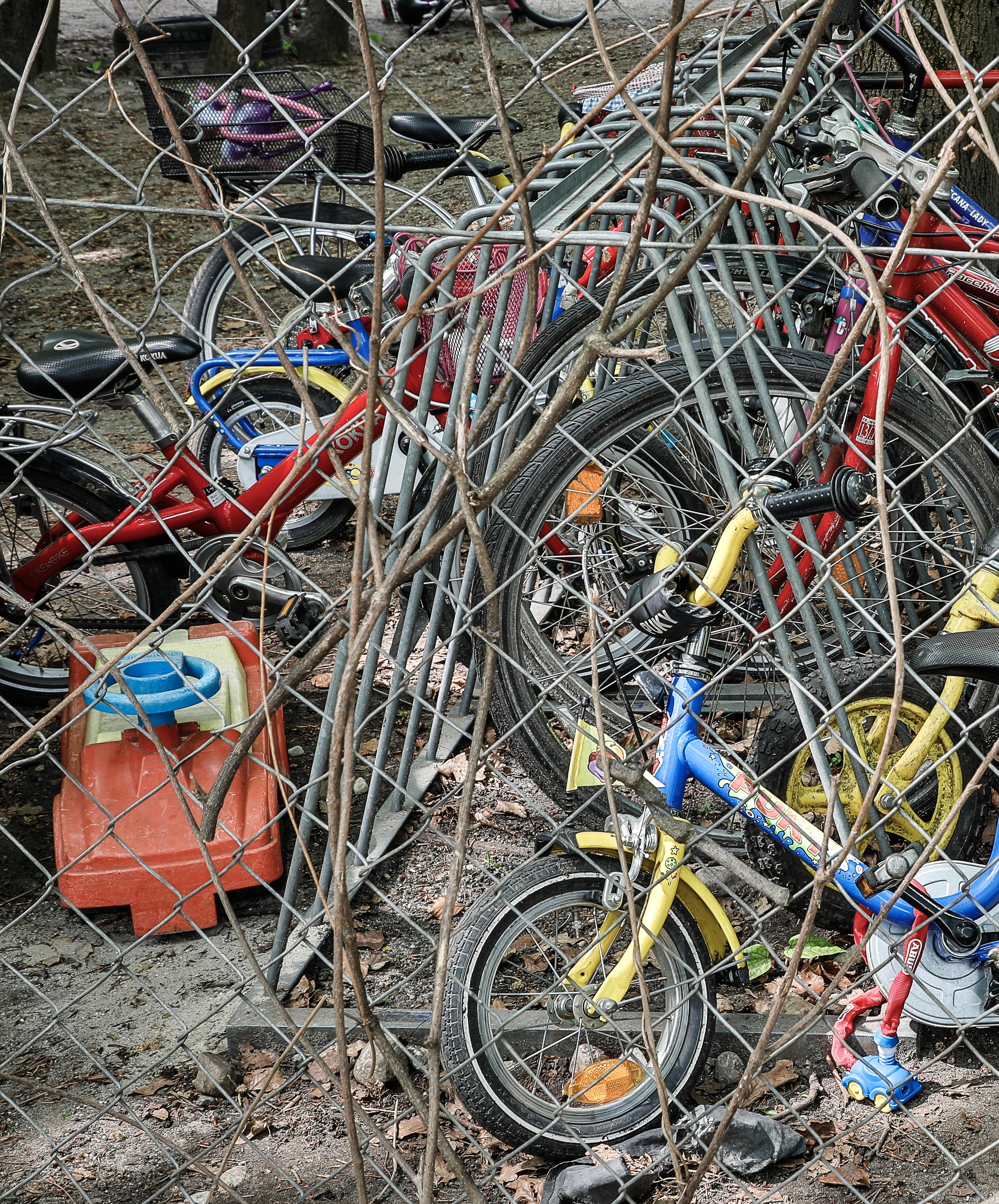








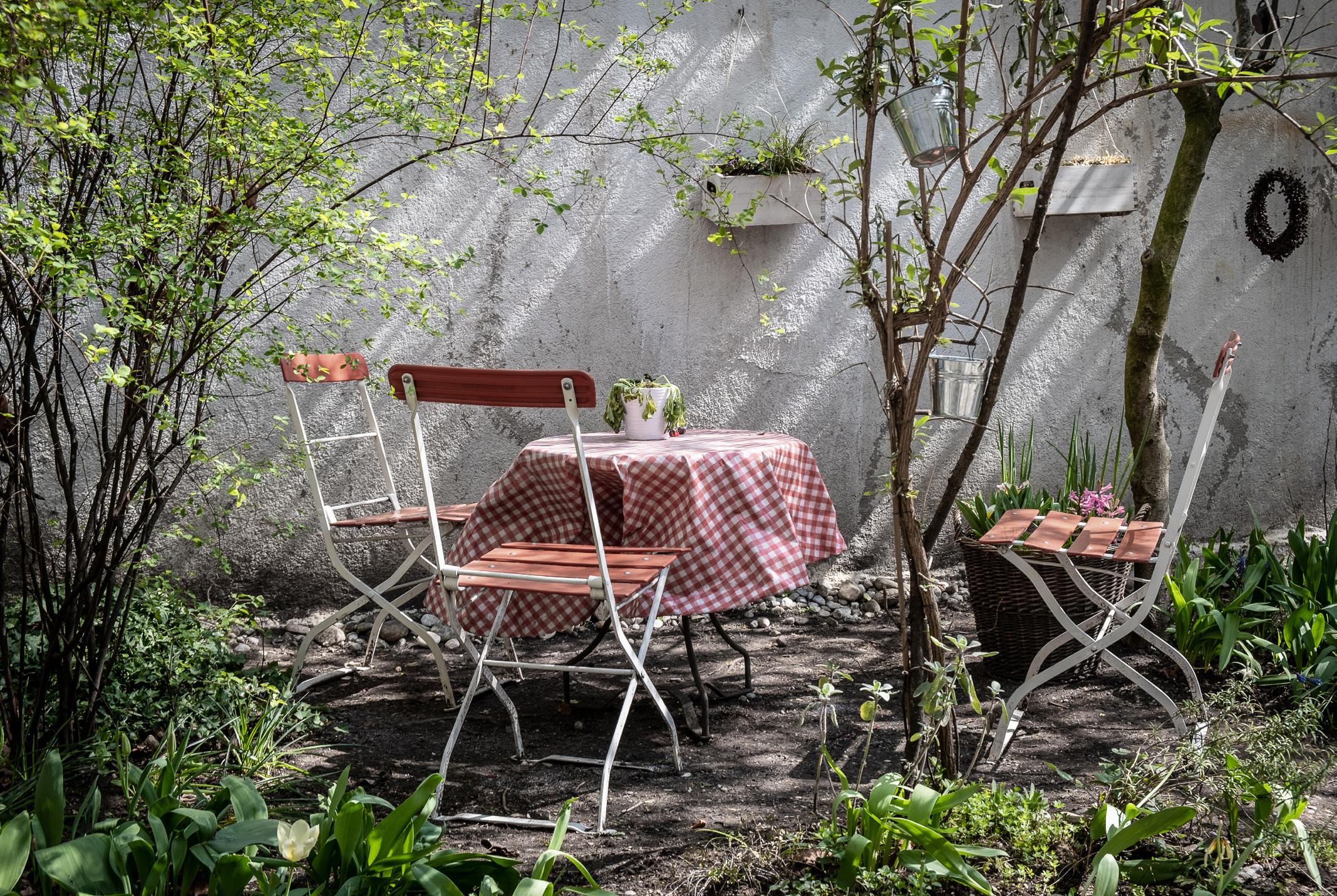

Backyards are not just places; they are silent witnesses to life unfolding in its simplest form.

The charm of a backyard lies in its quiet defiance against time, a space both lived and forgotten.
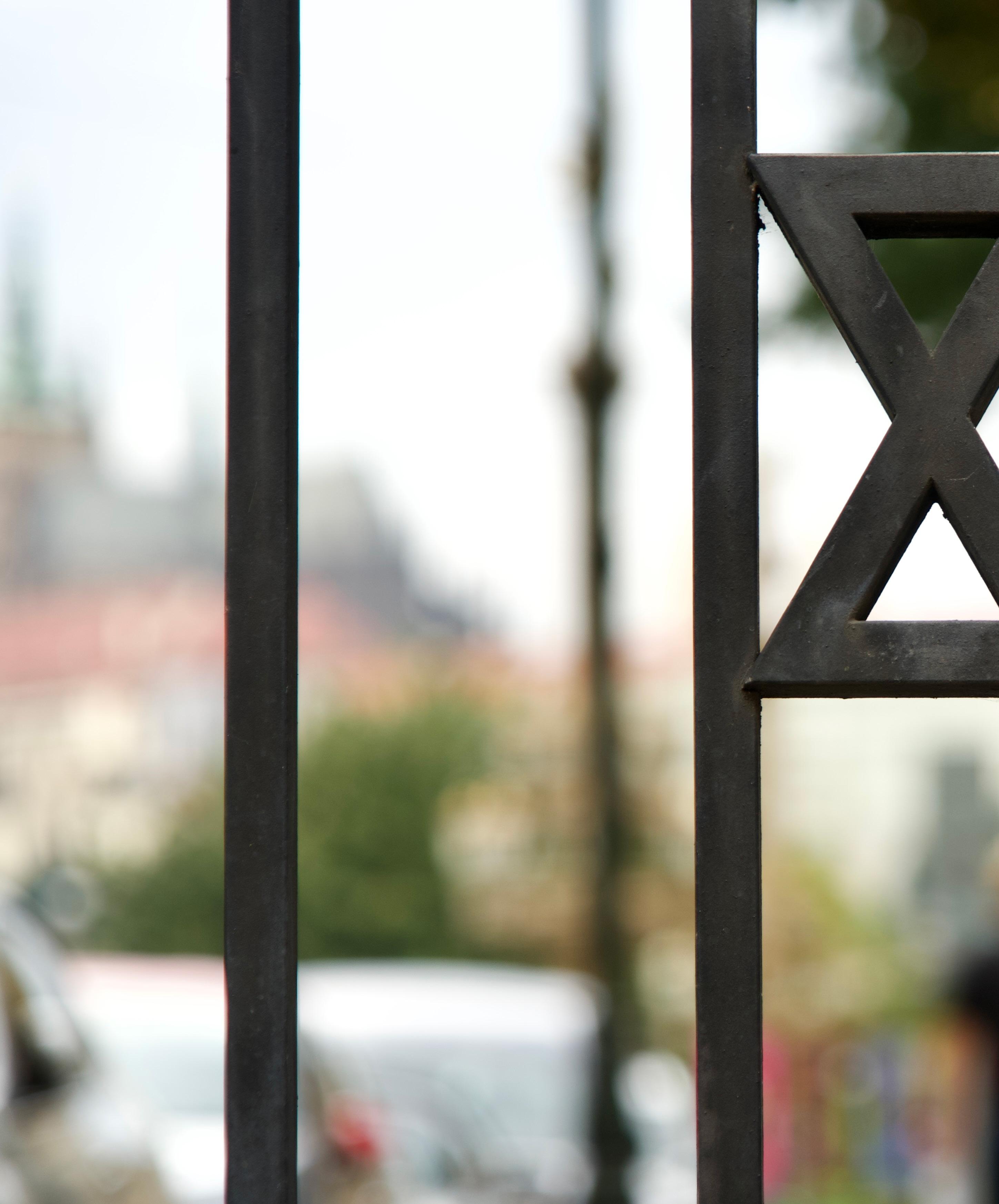

Eberhard Potempa
EBERHARD POTEMPA
In this issue, Eberhard Potempa invites us on a profoundly personal and visual journey through Prague’s Jewish Quarter, Josefov. Through words and images, Eberhard captures the essence of a community that has weathered both golden ages and profound tragedies. His reflections remind us of the importance of preserving history and honouring resilience. Join us in experiencing Prague’s Jewish Quarter through Eberhard’s lens, and let his vivid storytelling transport you to the heart of Josefov’s enduring legacy.
This summer, my wife and I visited Prague for the first time. Over five days, we immersed ourselves in the vibrant history and culture of the Golden City, capturing its timeless beauty through the lens of my Sony ILCE 7M2. Among the highlights of our trip was a profoundly moving exploration of Josefov, Prague’s renowned Jewish Quarter.
Few cities can boast such a well-preserved Jewish district, complete with six synagogues, the Jewish Town Hall, and the hauntingly beautiful Old Jewish Cemetery. These landmarks gave us a vivid window into Prague's Jewish community's life, traditions, and profound resilience.

The Jewish presence in Prague dates back to the 10th century, and Josefov grew into a thriving hub of intellectual, cultural, and spiritual life during the Middle Ages. Despite facing periods of persecution, including expulsions and forced conversions, the community endured and flourished, particularly during the 16th and 17th centuries. This golden age saw the construction of magnificent synagogues and communal institutions, many of which remain standing today as enduring testaments to the strength of Prague’s Jewish heritage.
One such landmark is the Old-New Synagogue, a Gothic and Romanesque architectural masterpiece and the oldest active synagogue in Europe. Built in the late 13th century, it has served as a place of worship for centuries and is steeped in legend. According to local lore, the synagogue’s attic is home to the remains of the mythical Golem, created by Rabbi Judah Loew to protect the Jewish community. Its stark yet beautiful interior reflects the medieval origins of this iconic structure.


The Jewish Quarter of Prague

The 20th century brought immense tragedy to Prague’s Jewish community. The Nazi occupation and the Holocaust left a devastating scar, decimating the population and desecrating cultural sites. Today, the Pinkas Synagogue stands as a solemn memorial to the victims. Its walls, inscribed with the names of the murdered Jews of Bohemia and Moravia, create the world’s most extensive epitaph, a powerful reminder of the lives lost. The synagogue’s interior is profoundly moving, and visitors are drawn into its quiet atmosphere of reflection and mourning. Adjacent to the synagogue is an exhibition of children’s drawings from the Terezín ghetto, offering a poignant glimpse into the experiences of the youngest victims.
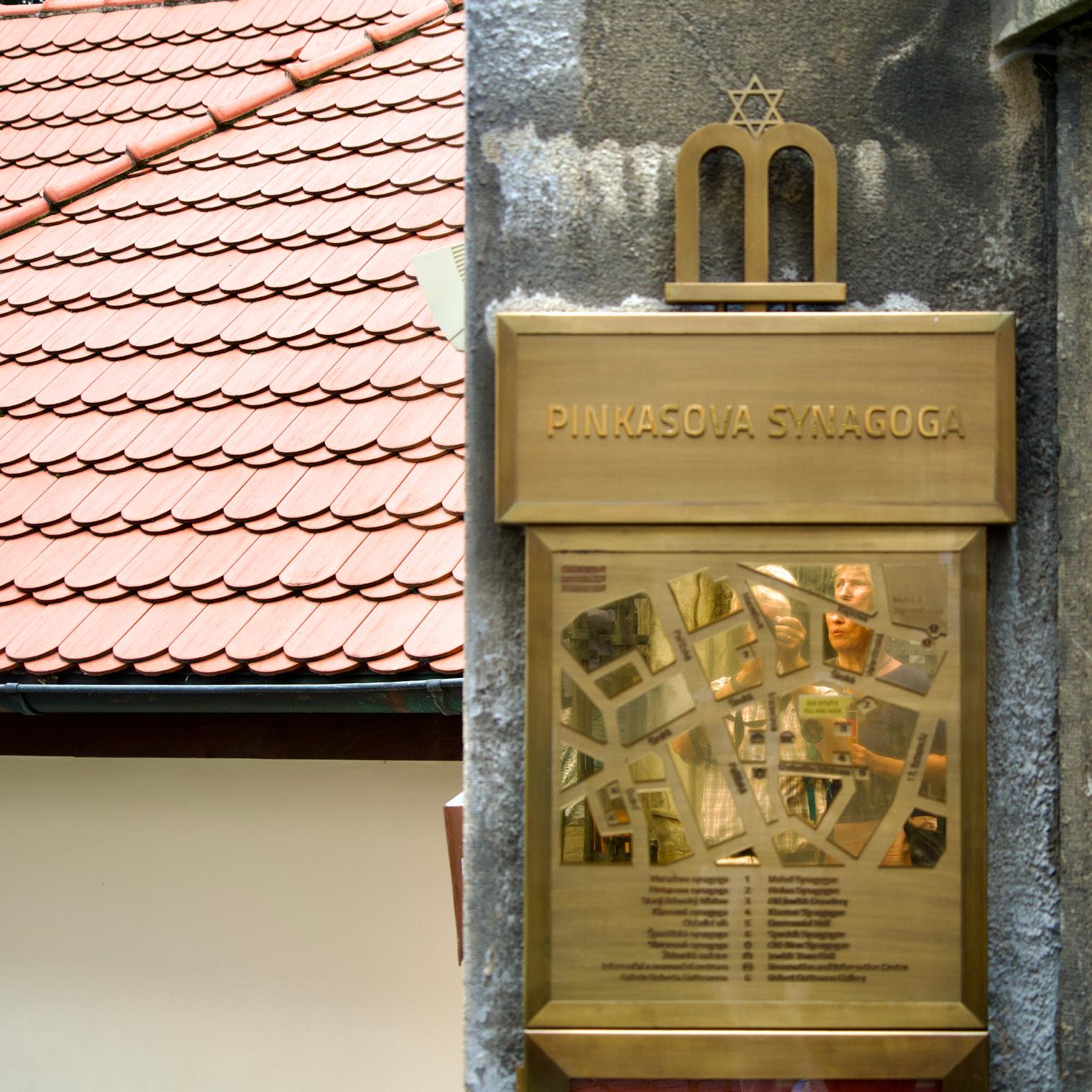


Eberhard Potempa
The walls in the Pinkas Synagogue are all inscribed with the names of the more than 70,000 Prague Jews who were deported from there to the Nazi extermination camps during the Second World War and killed there. My stay in these rooms touched me deeply.





A number of children’s pictures are also on display in the Pikas Synagogue. These are pictures that children painted while imprisoned in concentration camps. I will remember these pictures for a long time to come.

Josefov is home to several other remarkable synagogues, each offering a unique glimpse into Jewish architectural heritage.
The Maisel Synagogue: Originally built in the late 16th century during Mordechai Maisel's reign, this Renaissance synagogue was reconstructed in the Neo-Gothic style in the 19th century. Inside, it houses an extensive collection of Judaica, including historical manuscripts, textiles, and silver artefacts. The exhibits chronicle the rich history of Jewish life in Bohemia and Moravia.
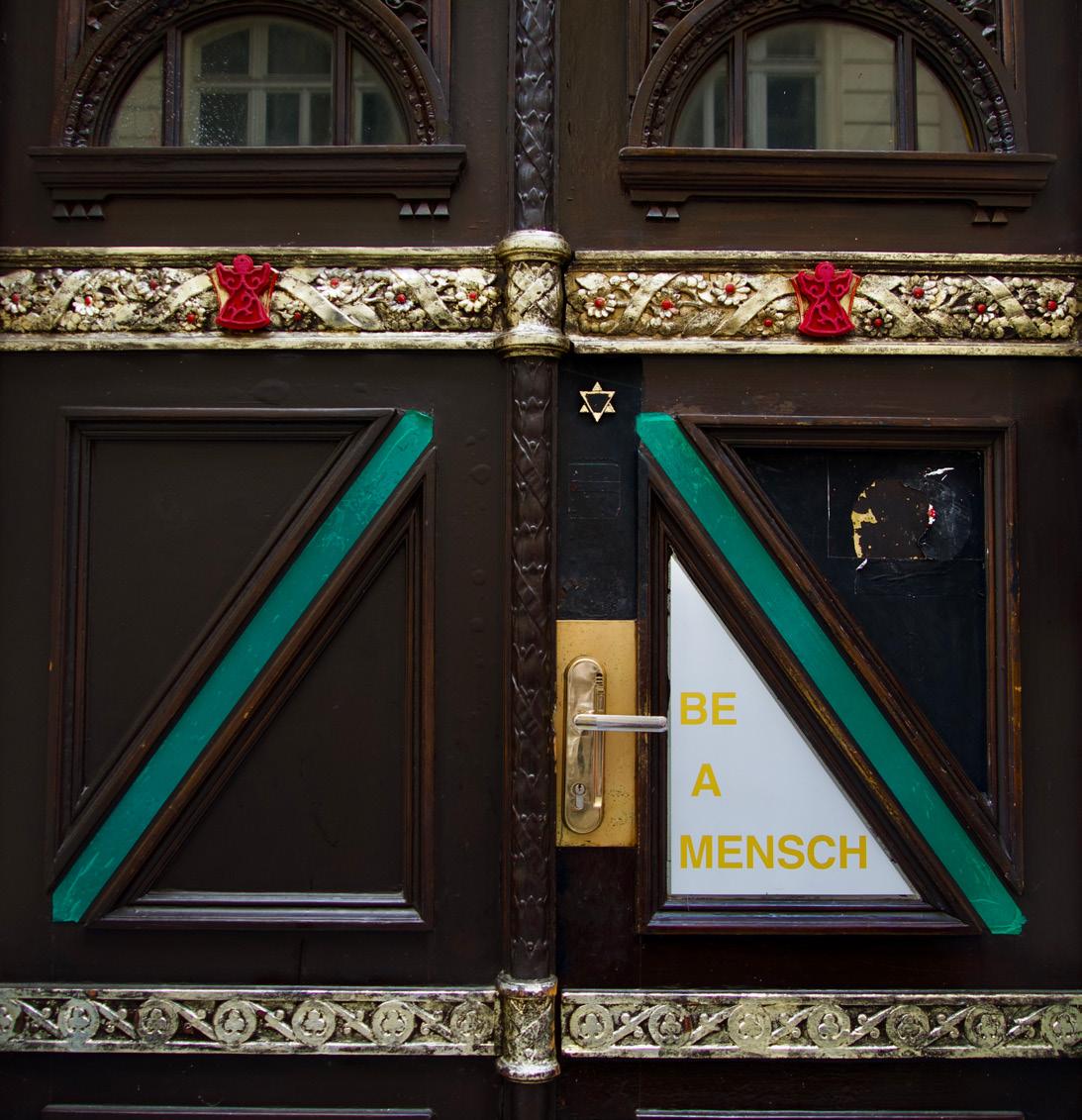
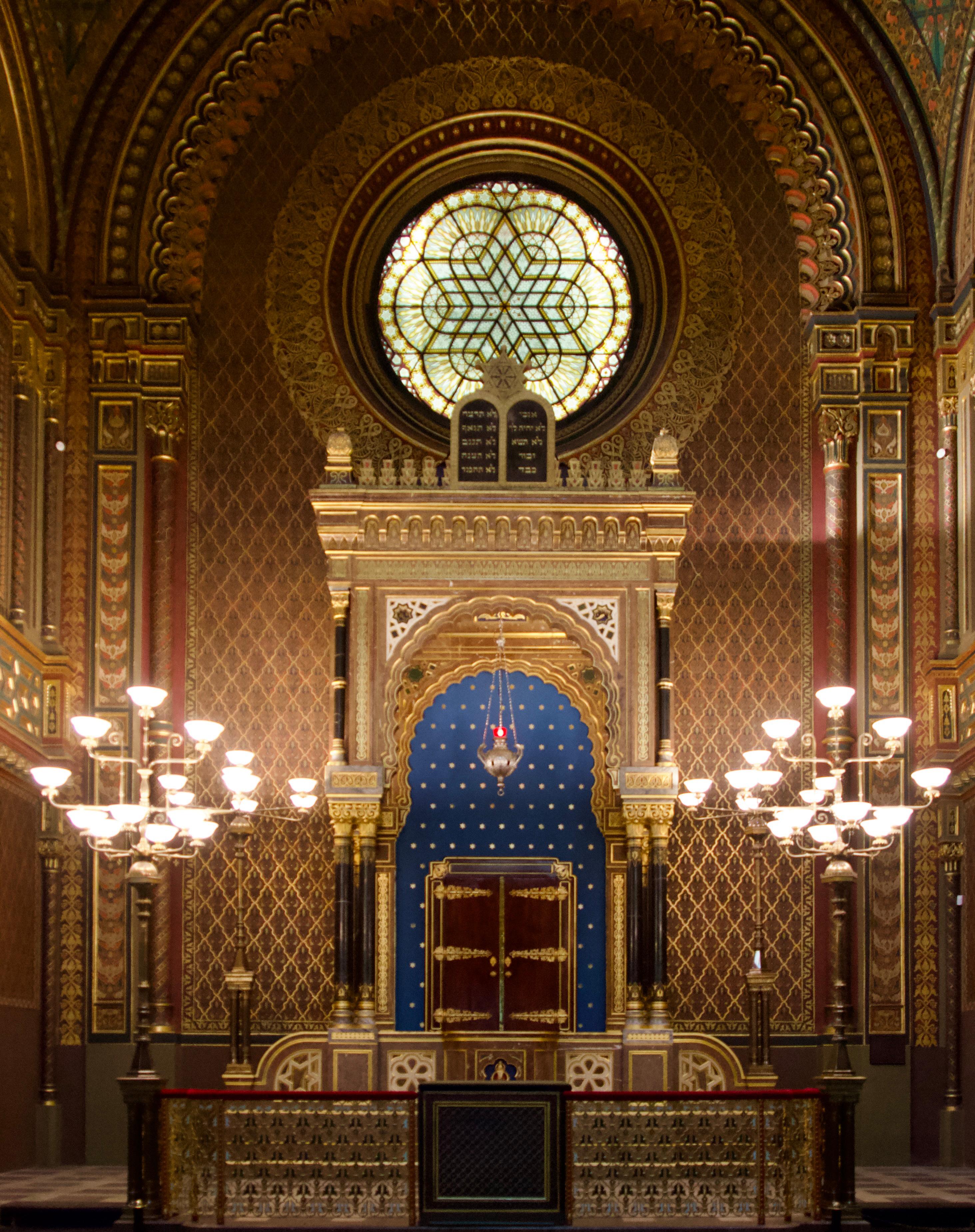

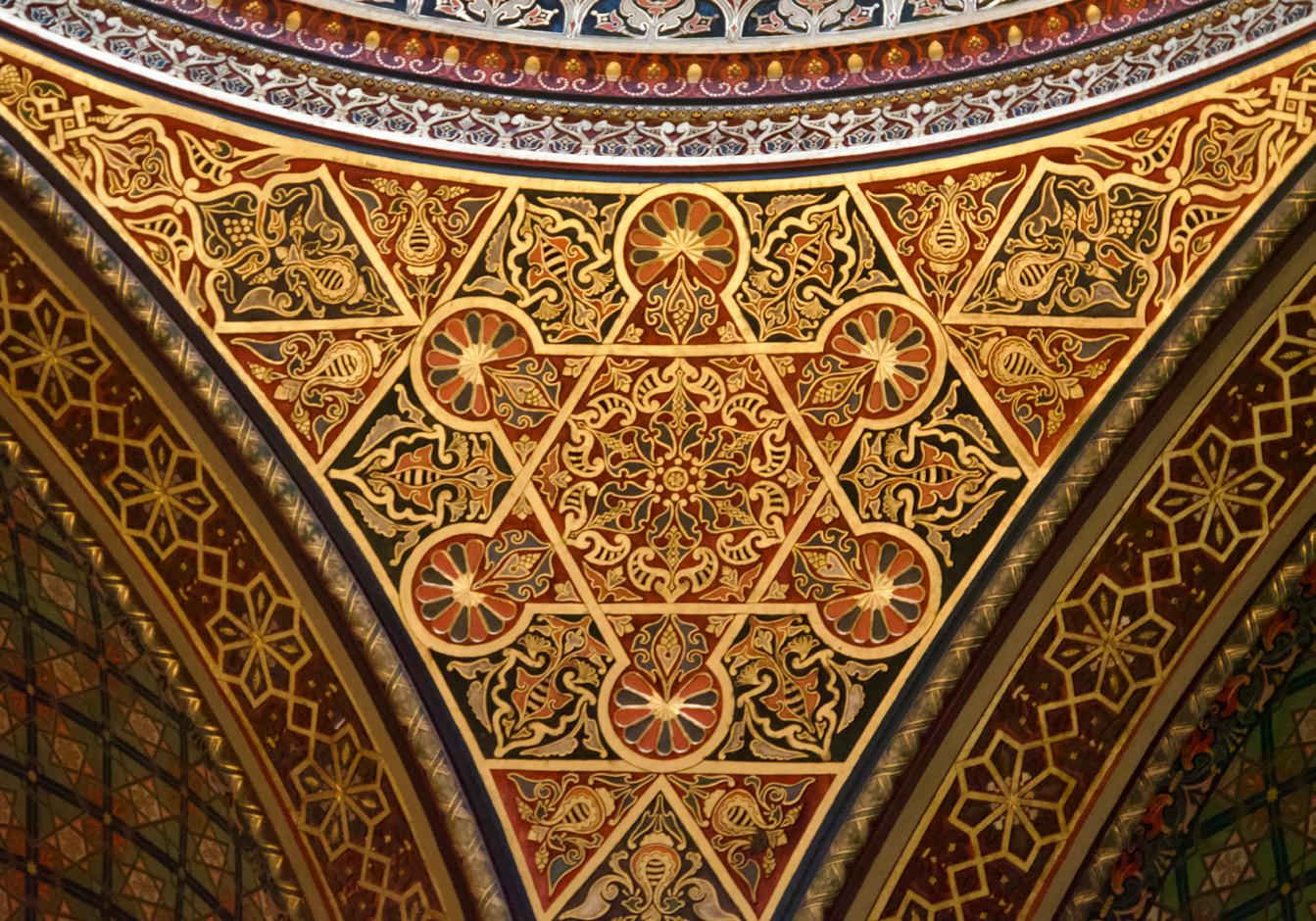
The Jewish Quarter of Prague
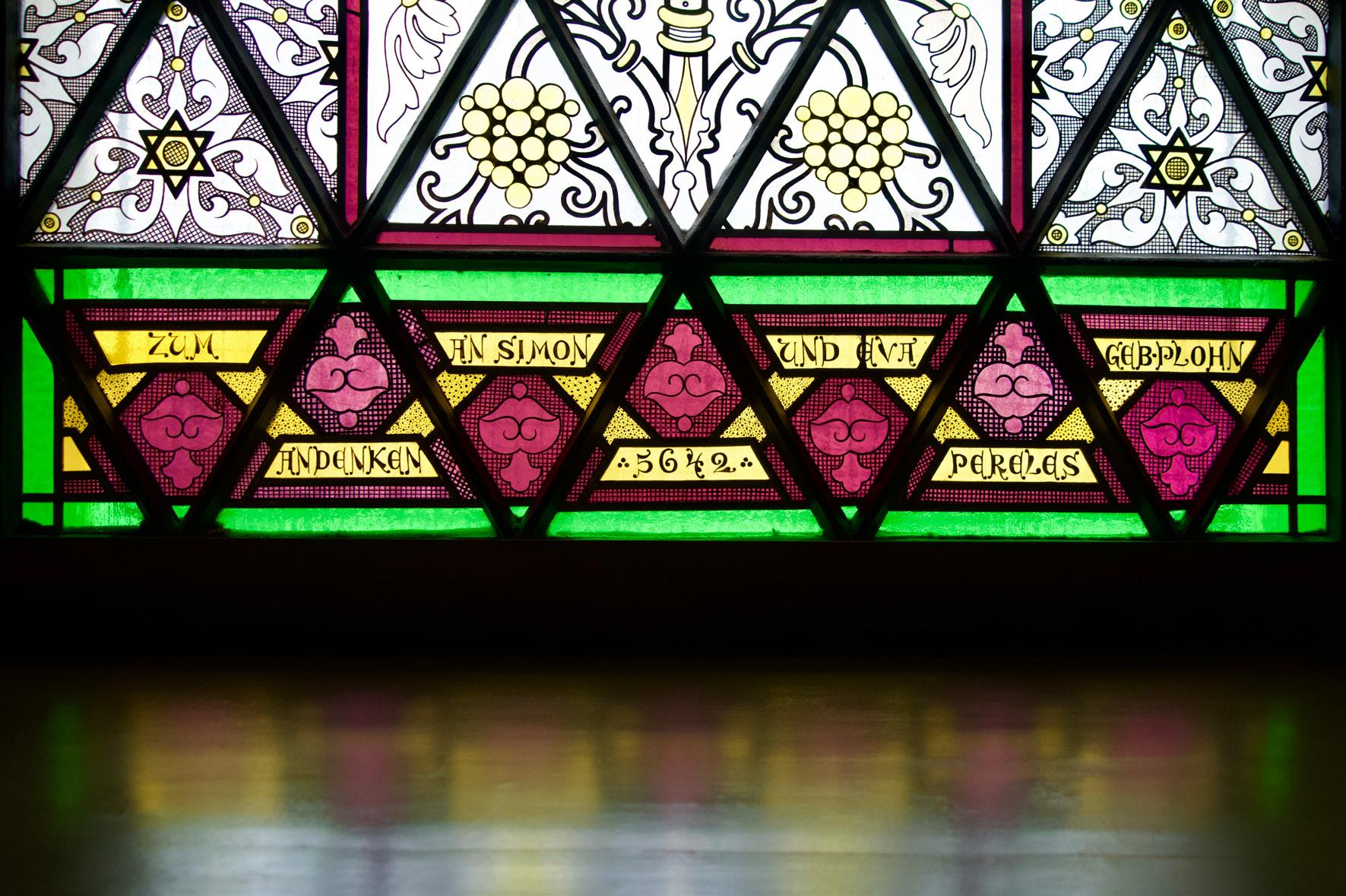



The Ceremonial Hall, which was once utilized by the Prague Burial Society, stands as a stunning example of Art Nouveau architecture. Today, it is part of the Jewish Museum in Prague, showcasing exhibits on Jewish burial customs and the Society’s significant role in caring for the sick and the deceased. The building’s exterior, embellished with intricate decorative details, reflects its solemn yet essential purpose in the community.

Eberhard Potempa
Perhaps the most evocative site in Josefov is the Old Jewish Cemetery, one of the world's oldest and most enigmatic Jewish burial grounds. Walking among its densely packed gravestones, stacked over centuries due to limited space, we felt an overwhelming connection to the past. The cemetery closed in 1787, holding over 12,000 gravestones in just one hectare. Beneath its earth, it is estimated that 100,000 individuals are buried, their lives commemorated by intricately carved gravestones shaded by maple, acacia, and chestnut trees




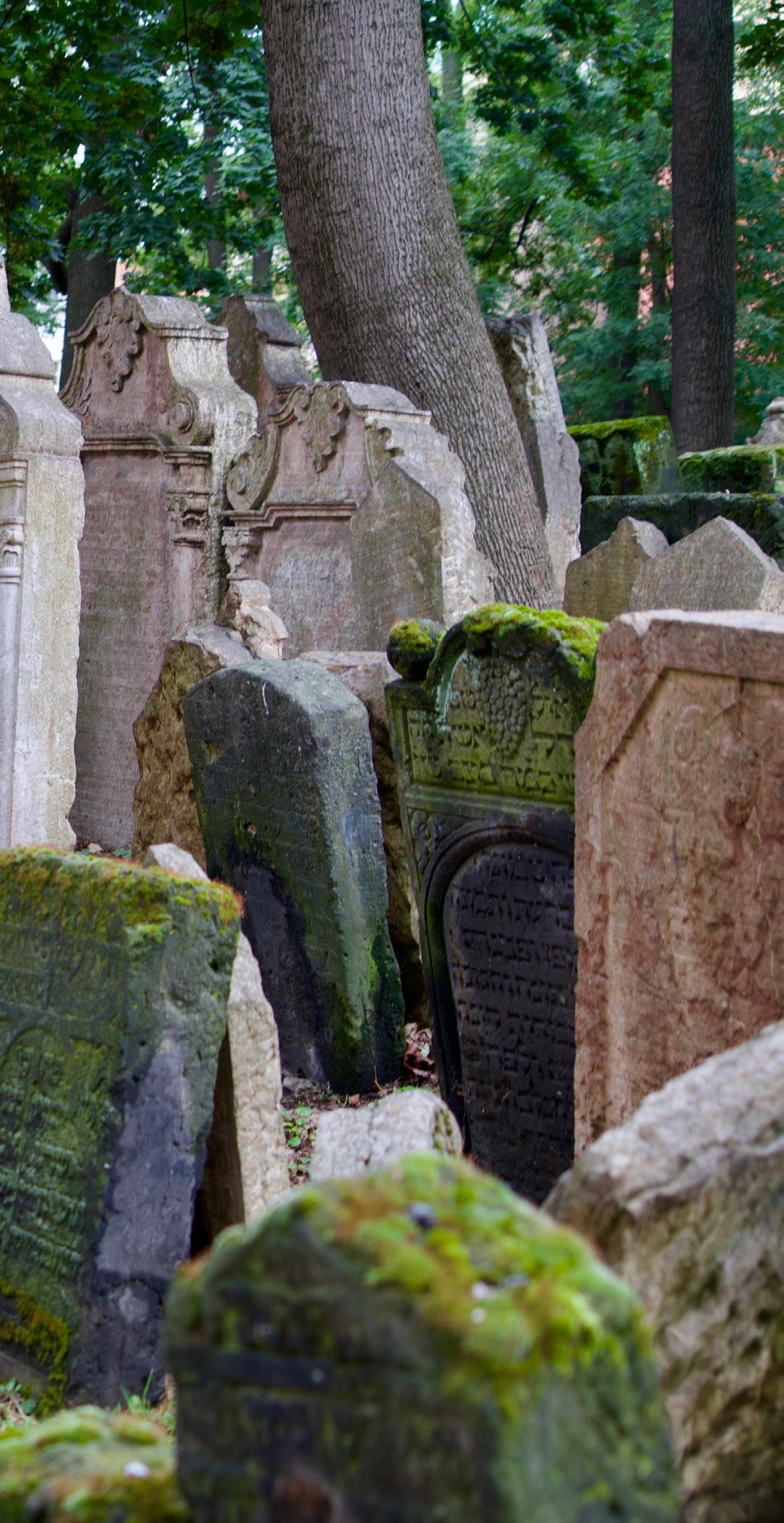
Eberhard Potempa
The Jewish Quarter of Prague
At first glance, the cemetery in the Jewish quarter looks rather “untidy”. However, if you consider that Jews take the eternal rest of the dead seriously and never dispose of the graves, the result is a bizarre arrangement of graves that has constantly changed until the last burial over hundreds of years ago.
The cemetery’s chaotic yet poignant layout is a testament to the Jewish custom of preserving old graves. In some areas, up to twelve layers of graves lie atop one another.
Each gravestone tells a story, with Hebrew inscriptions and symbolic carvings, such as lions for the Tribe of Judah or hands for members of the priestly class.
The quiet rustling of leaves and the play of light and shadow create a deeply reflective atmosphere, making this site a profoundly moving experience.
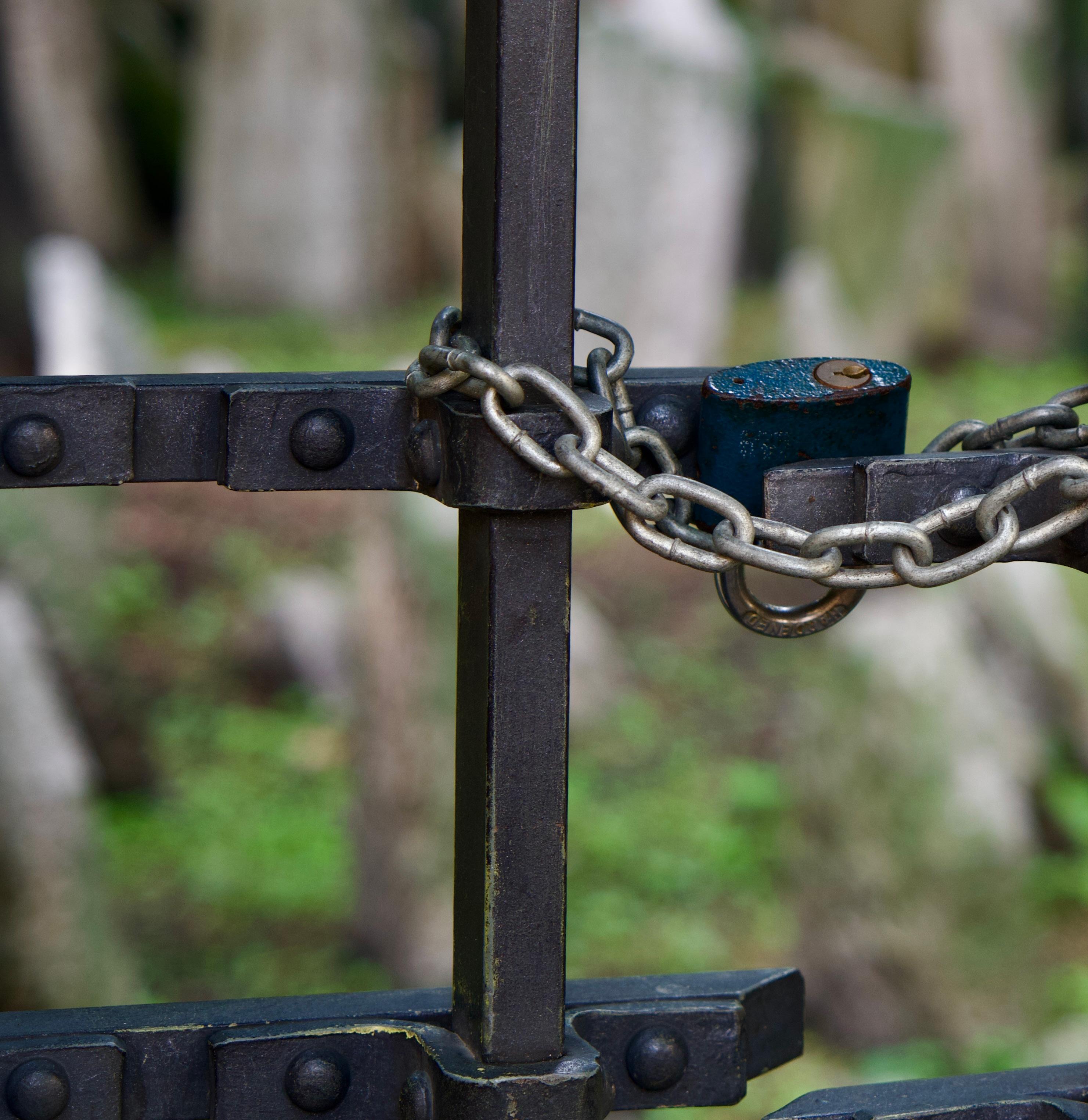
Our journey through Josefov left us profoundly moved. Each corner of the Jewish Quarter reveals a story of survival, creativity, and enduring spirit. The architecture, traditions, and historical significance of this neighbourhood serve as a testament to the resilience of Prague’s Jewish community.

I hope to share the beauty and poignant legacy of this historic district through my photographs. Josefov is more than a collection of historic landmarks; it is a living chronicle of human endurance. Visitors embark on a journey into the past, forming a profound connection to the present and inspiring hope for the future.
Every quarter, Members are asked to send in their best photos of the current quarter to provide stimulation for the others.
As always, our members’ photo projects in the past quarter were diverse and varied.
Eberhard embarked on another photographic safari in Düsseldorf along the Rhine embankment, where he captured a captivating image of a bubble artist mesmerizing children.
Our aerial photographer, Jonathan, once again took to the skies over Germany, this time also along the Rhine River near the city of Duisburg. He captured impressive images of bridges, showcasing their architectural grandeur and integration into the landscape from a unique perspective. These aerial shots often reveal details and patterns that are not visible from the ground.
Horst revisited the Dutch coast and pursued his passion for beach photography. This time, he documented the poignant ceremony of
casting roses into the sea in remembrance of the deceased. The images convey the solemnity and emotional weight of this tradition..
I, for my part, seized the opportunity presented by my Maine Coon cat, “Leni,” to practice my animal photography skills. She wasn’t exactly thrilled that I disturbed her beauty sleep! But for a good photo, one must sometimes endure the displeasure of a feline subject! It was a fun challenge to capture her personality and beauty, even if she was a bit grumpy.
Thanks again to everyone for submitting their photos, and I look forward to seeing the results in the next quarter!
We are always impressed by the creativity and skill of our members, and we are excited to see what they will capture next.
“The whole point of taking pictures is so that you don’t have to explain things with words.”
- Elliott Erwitt
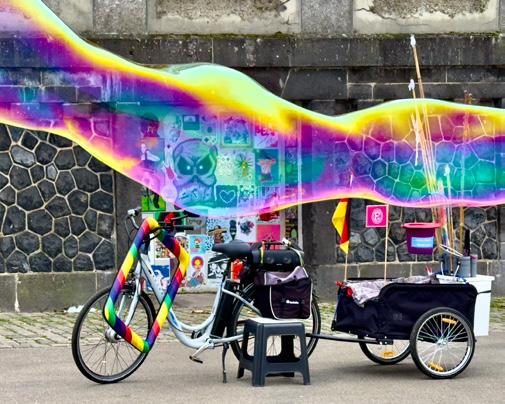

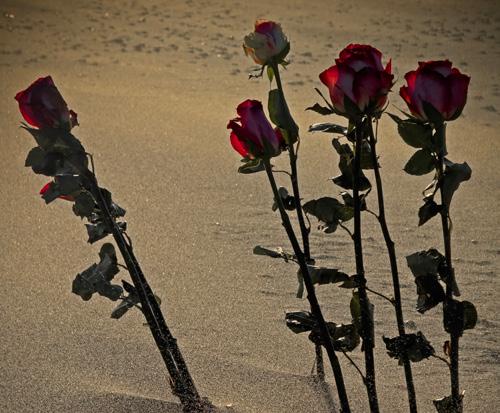

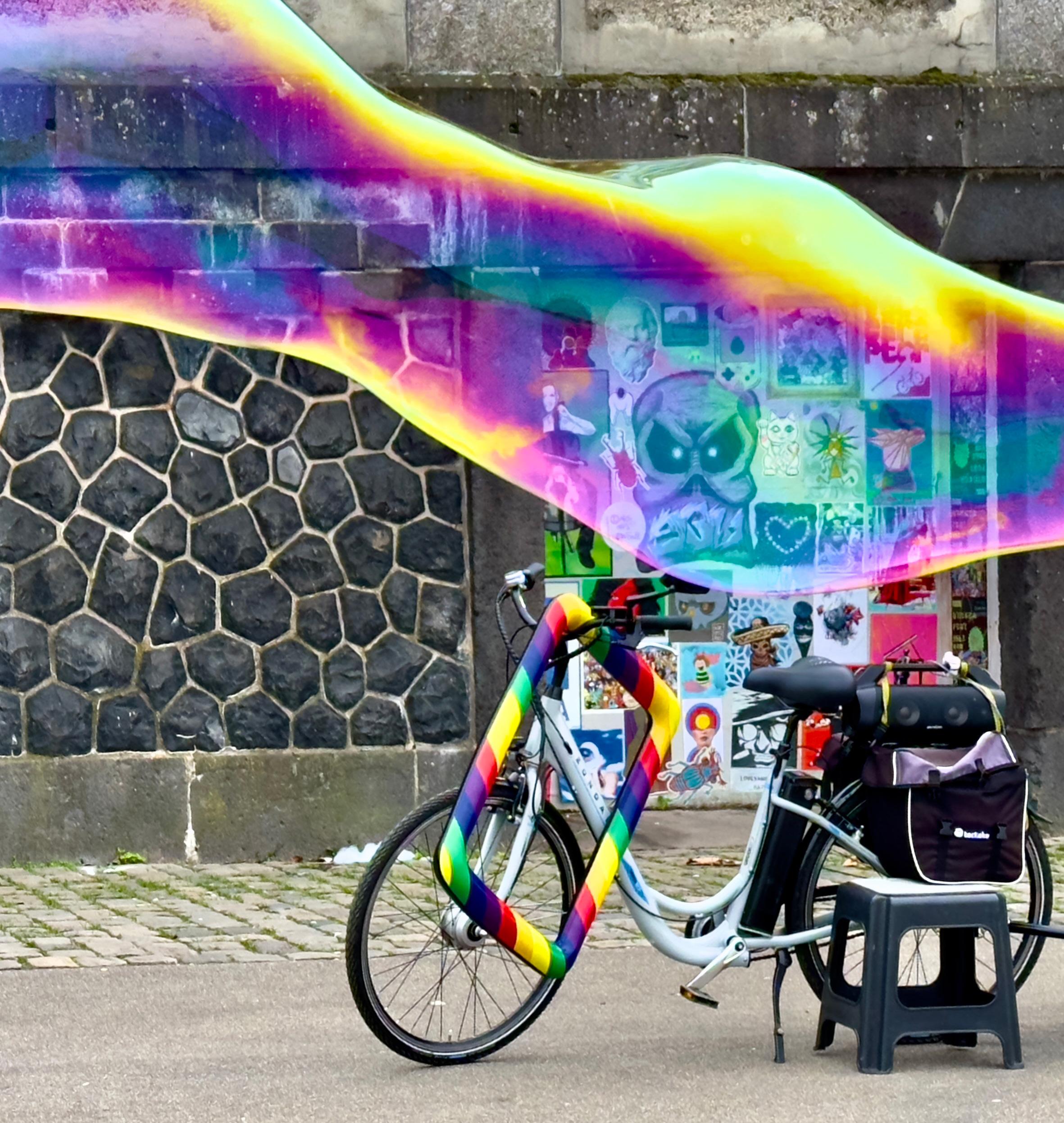
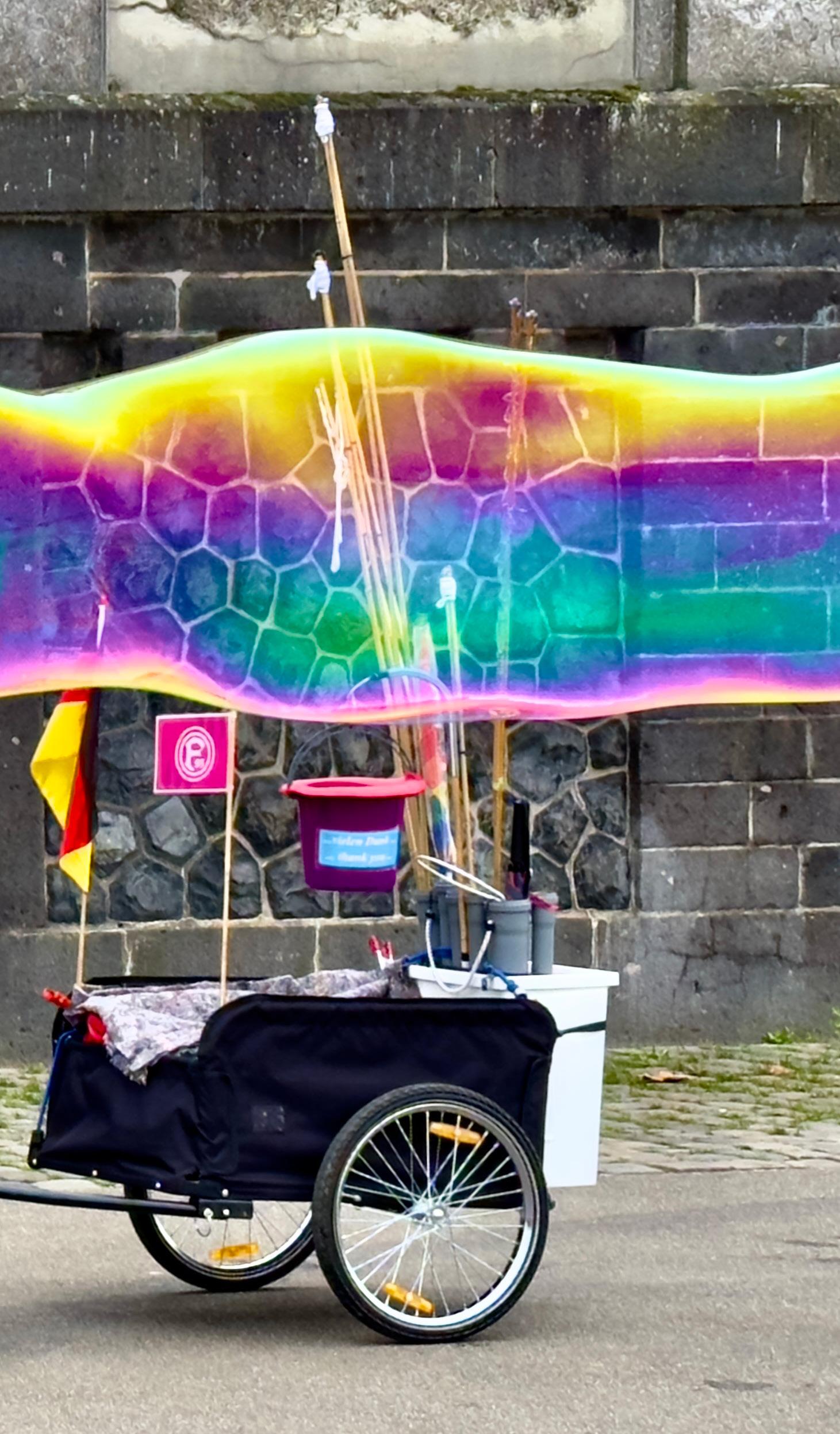
4th Quarter
During my visit to Düsseldorf, I noticed that an elderly man was blowing soap bubbles of various sizes, delighting many children who were chasing after these large bubbles. I managed to catch one of these bubbles moving towards the man’s bicycle at just the right moment with my camera before it burst.
Image title: Soap bubble on the banks of the River Rhine in Düsseldorf
Image subject: Street Photography
Country: Germany
Aerial view of the Rhine River and its bridges at Duisburg Beeckerwerth, North RhineWestphalia, Germany. On the left is the modern Beeckerwerth Bridge (Beeckerwerther Brücke), a cable-stayed motorway bridge carrying the A42, built between 1986 and 1990. On the right stands the historic Haus-Knipp railway bridge, originally built in 1912 and rebuilt after its destruction in World War II. In the background is the Thyssenkrupp plant Beeckerwerth, highlighting the industrial landscape of the region. Photographed with a Canon 5DSR camera and a Zeiss 21mm lens at f/11, 1/1250 shutter speed.
Image title:
Rhine River and its bridges at Duisburg Beeckerwerth
Image subject: Arial Photography
Country: Germany

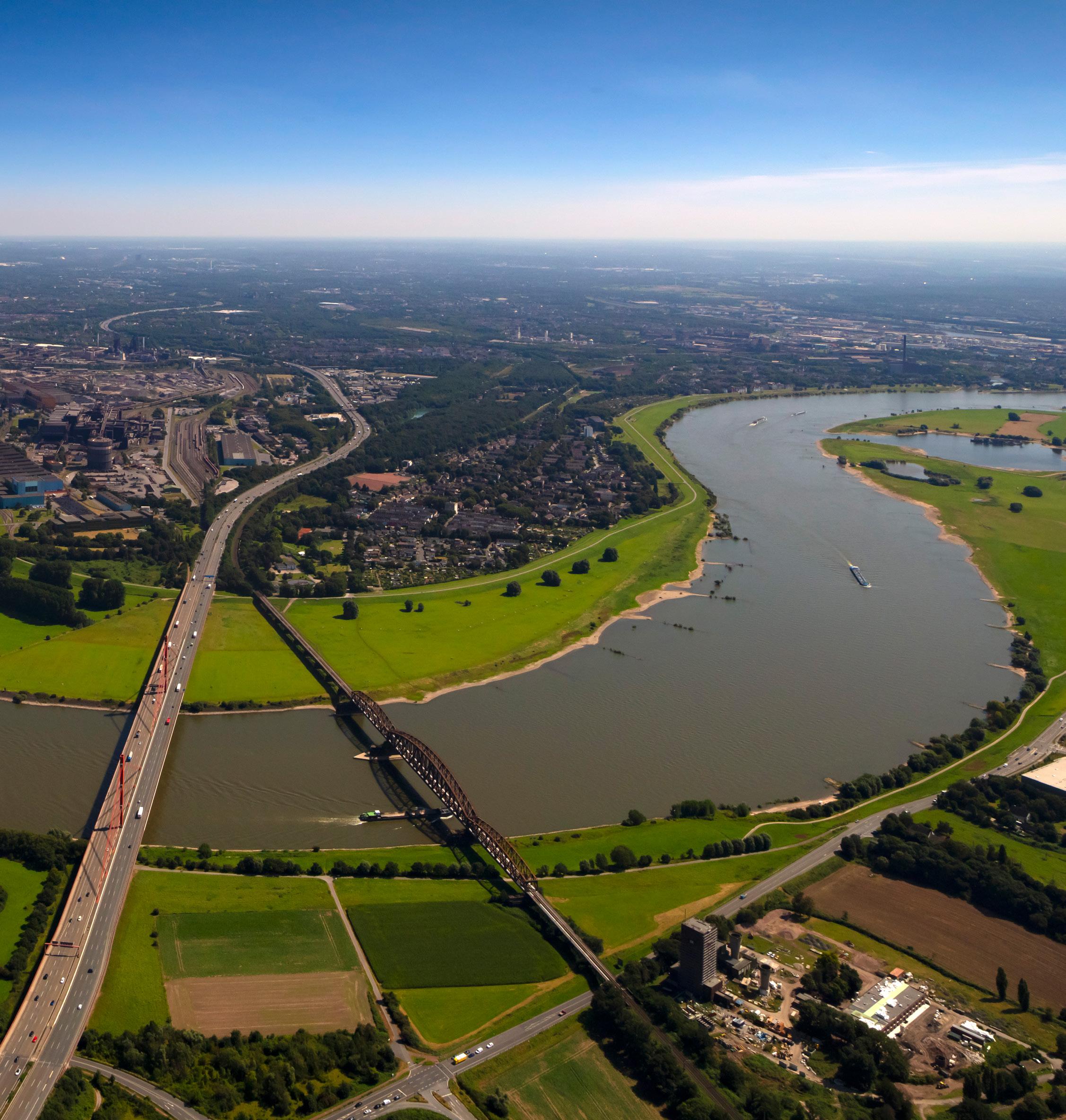
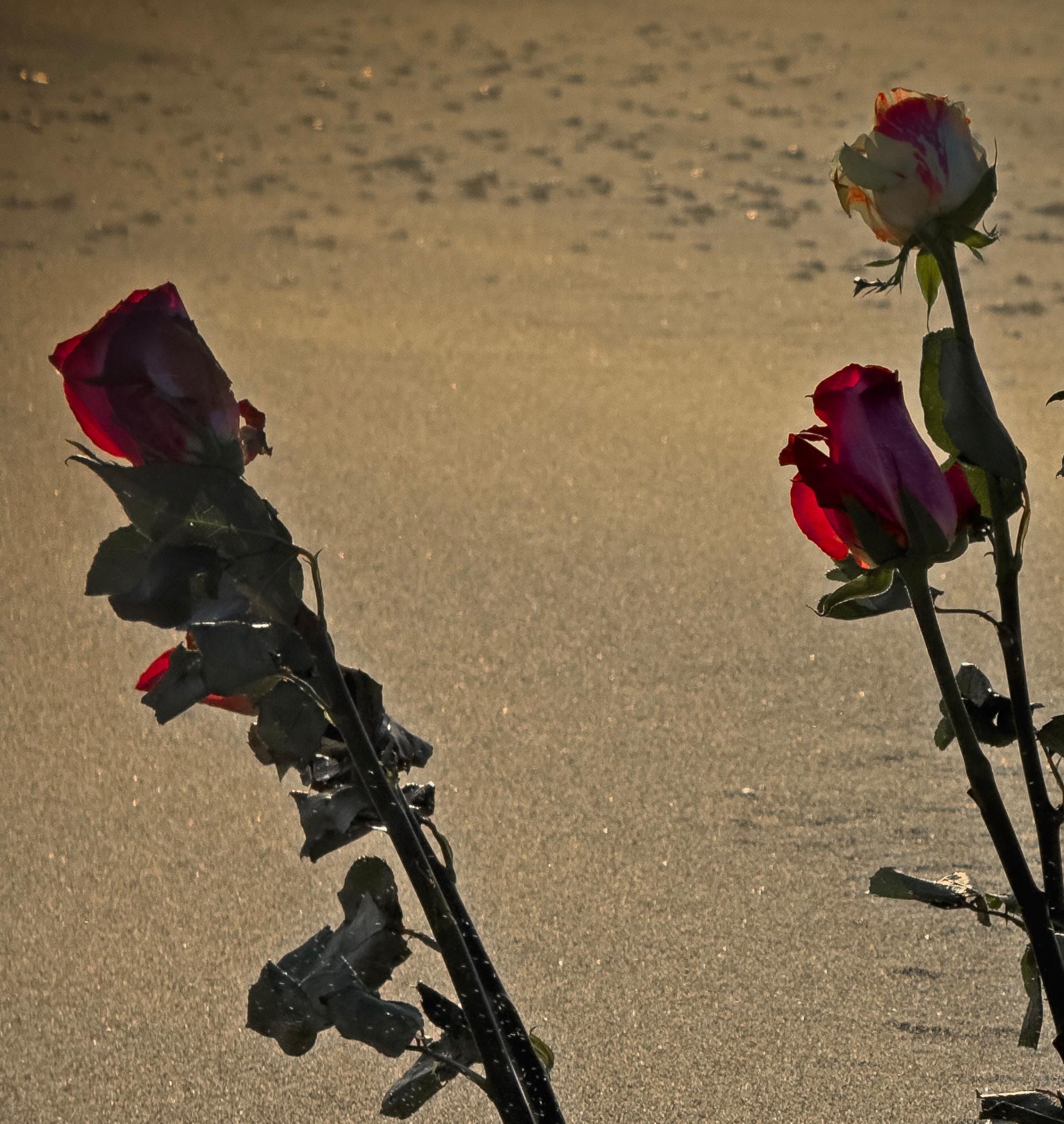

4th Quarter
Placing or sometimes tossing flowers (here roses) into the ocean has long been a ritual in many cultures; with some bearing the interpretation that you are offering flowers out to the souls of the departed that now exist as part of nature out in the horizon. And others hold fast to the concept of water being the main element of life, and by offering gifts to the sea you support the “lives” of those who have passed to another realm.
Image title: Roses at the sea
Image subject: Nature Photography
Country: The Netherlands
Preparing for a concert shoot, I spread out my photo gear on the bed in our loft.
That’s when I noticed my Maine Coon, Leni, peeking out from beneath the covers, looking adorably sleepy and slightly annoyed at the intrusion on her beauty sleep.
With my 50mm f/1.4 lens already on the camera, I seized the moment to capture this endearing scene!
Country: Germany

Are you a member of the Germany Chapter and would like to submit pictures for the quarterly project “Members Photo Work” as well?
Here is a list of the deadlines for each quarter:
1ST QUARTER 2025: 30.03.2025
2ND QUARTER 2025: 30.06.2025
3RD QUARTER 2025: 30.09.2025
4TH QUARTER 2025: 31.12.2025
Please send us the photos with a minimum resolution of 3000 x 3000 pixels and 300dpi.
For the naming of the photos please use following naming convention:
FIRST3LETTERSOFYOURSURENAME_Q-NUMBEROFQUARTER-YEAR_IMAGETITLE.JPG
Each participant is responsible for compliance with the Data Protection Ordinance and the Copyright Act.
Participants please send the photos to the following email: germany@rps.org

Learn more about the current composition of the Germany Chapter, its members’ locations in the federal states, its Distinction Holders, and the Special Interest Groups in which the members participate.

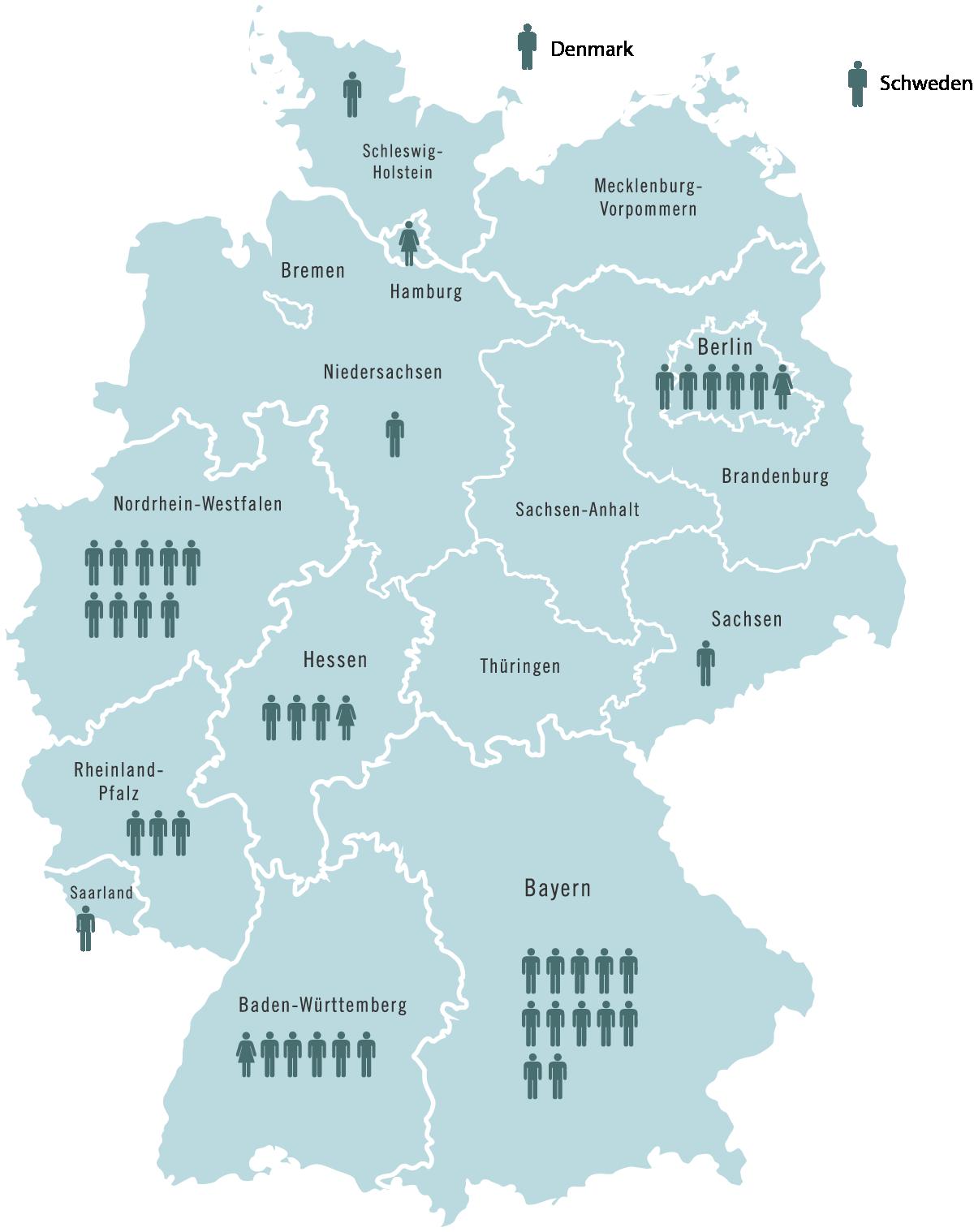

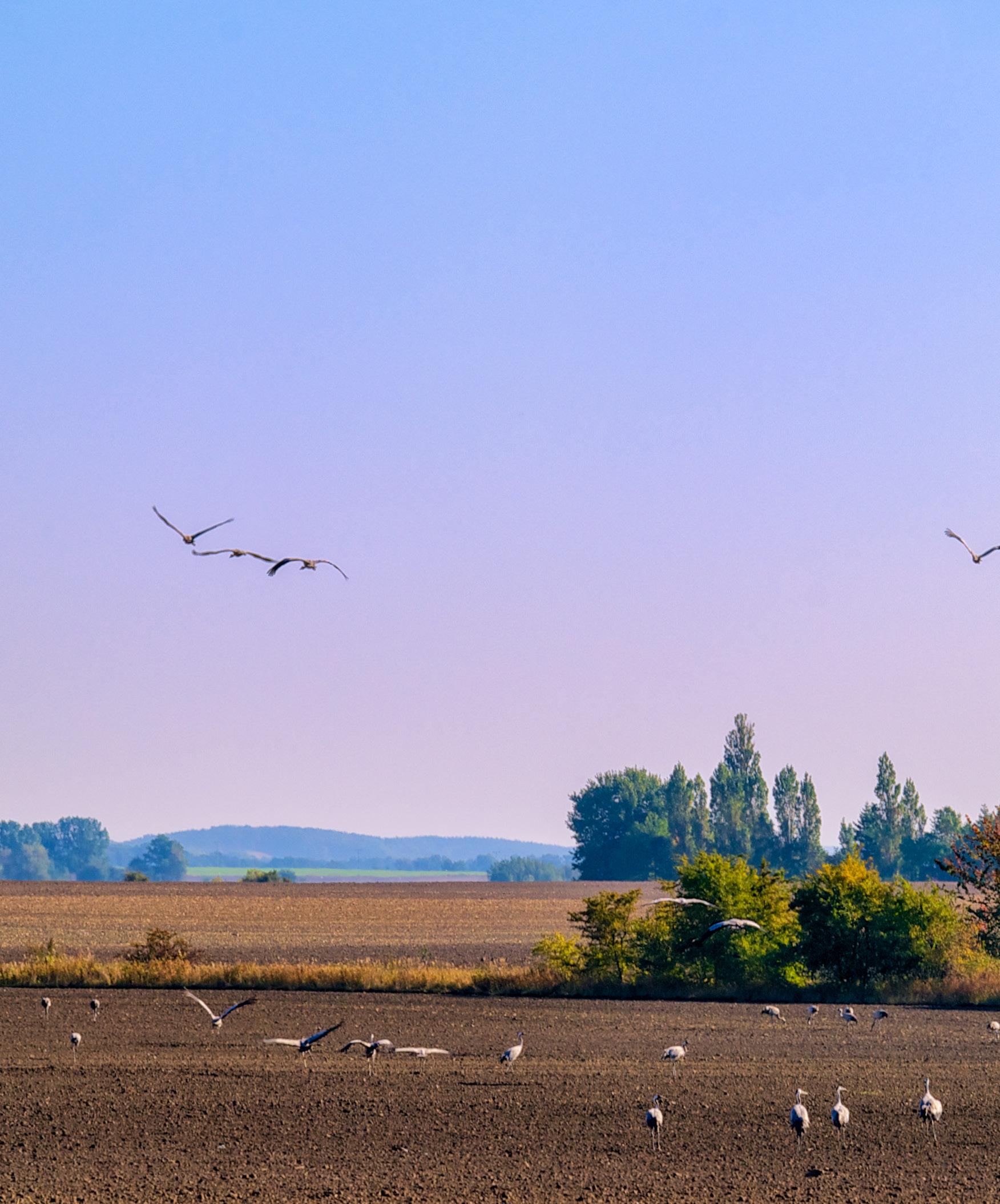


CHRIS RENK
The Isle of Rügen, Germany's largest island, is a treasure trove that is a haven of natural beauty, history, and cultural charm. This article takes readers on a journey through its most iconic locations. Join Chris Renk as he shares his reflections on this Baltic gem, offering a blend of historical context, travel tips, and photographic inspiration. Rügen is not just a destination; it’s an experience that lingers in the heart and lens.
The Isle of Rügen, located in the Baltic Sea off the northeastern coast of Germany, is the largest island in the country.
Spanning 926 square kilometres, Rügen is connected to the mainland by the Rügen Bridge and the Rügendamm causeway. Rügen’s rich history is woven into its breathtaking landscapes. Once inhabited by the Slavic Rani tribe, the island has seen the ebb and flow of various cultures, from medieval Danish rule to its integration into the Duchy of Pomerania.
This historical tapestry and its natural beauty have long made Rügen a favourite among artists and photographers.
Today, Rügen is part of the federal state of MecklenburgWestern Pomerania, home to approximately 63,000 residents. Its economy revolves around tourism, agriculture, and fishing, with its picturesque landscapes and historic landmarks attracting visitors year-round.
I enjoyed exploring the Isle of Rügen, Germany's most prominent and arguably most photogenic island. Located in the Baltic Sea, this enchanting destination offers a stunning blend of dramatic chalk cliffs, expansive beaches, and idyllic villages. My journey across Rügen was a personal adventure and a quest to uncover the best photographic and recreational opportunities.
Let me take you on a journey through Rügen’s most captivating locations, which offer unique photographic opportunities and experiences:
• Cap Arkona (Putgarten)
• Jasmund National Park
• The Town of Sassnitz
• Seebad Prora
• The Seaside Resort Binz
• The Jagdschloss Granitz
• Seebad Sellin
• Seebad Göhring

Chris Renk
My journey began at Cap Arkona, the northernmost point of Rügen. This dramatic location is famous for its chalk cliffs and twin lighthouses—the Schinkel Lighthouse from 1827 and the newer cylindrical lighthouse, active since 1902.


The area’s rich history is evident at the nearby Burgwall, where remnants of the Slavic Tempelburg fortress transport visitors back to an ancient era.
Walking 1.5 kilometres from Putgarten to Cap Arkona allows one to appreciate the island's natural beauty, with sweeping views of the Baltic Sea.
The historic naval navigation tower, now an art museum, adds an artistic flair to this historic and natural site. Exploring the art installations and climbing the lighthouses provides a visually and culturally enriching experience.


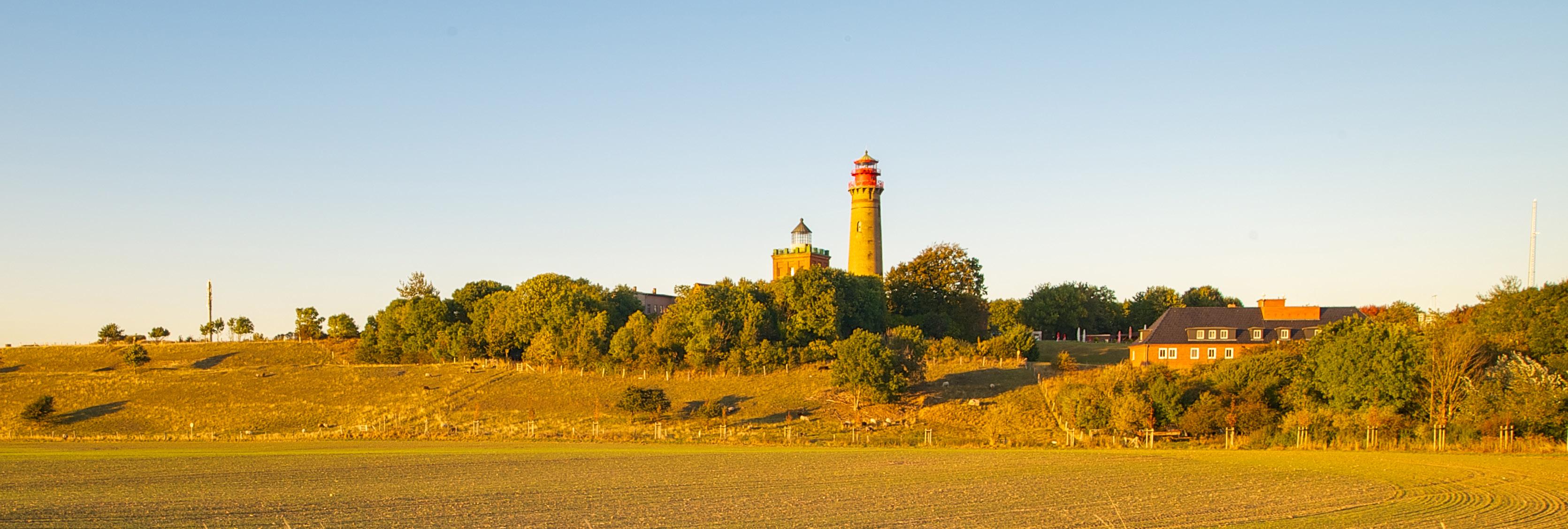
Chris Renk

On my way from Cap Arkona, I visited the Rügenhof in Putgarten. This former farm estate has been transformed into a hub of creativity and culture.
The charming complex now houses artisan workshops, galleries, and quaint shops offering handmade crafts and regional specialities. The vibrant atmosphere of the Rügenhof is complemented by its beautiful setting, with views of the surrounding fields and the distant coastline.
A highlight for me was the opportunity to photograph the traditional architecture of the estate, which has been carefully preserved and adapted for modern use. Visitors can also enjoy a delightful café and restaurant, making it an ideal spot to relax and soak in the island’s artistic spirit.
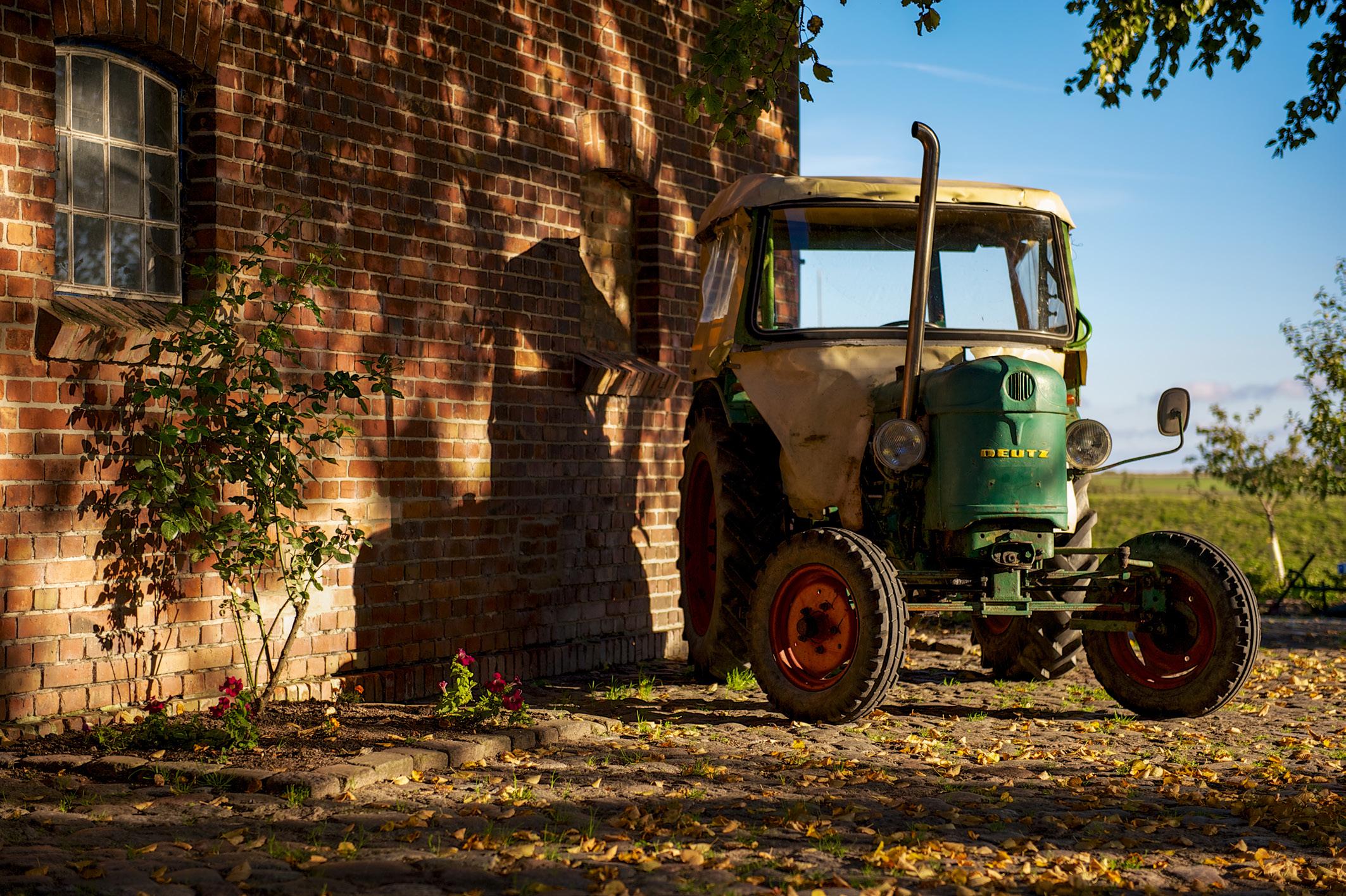
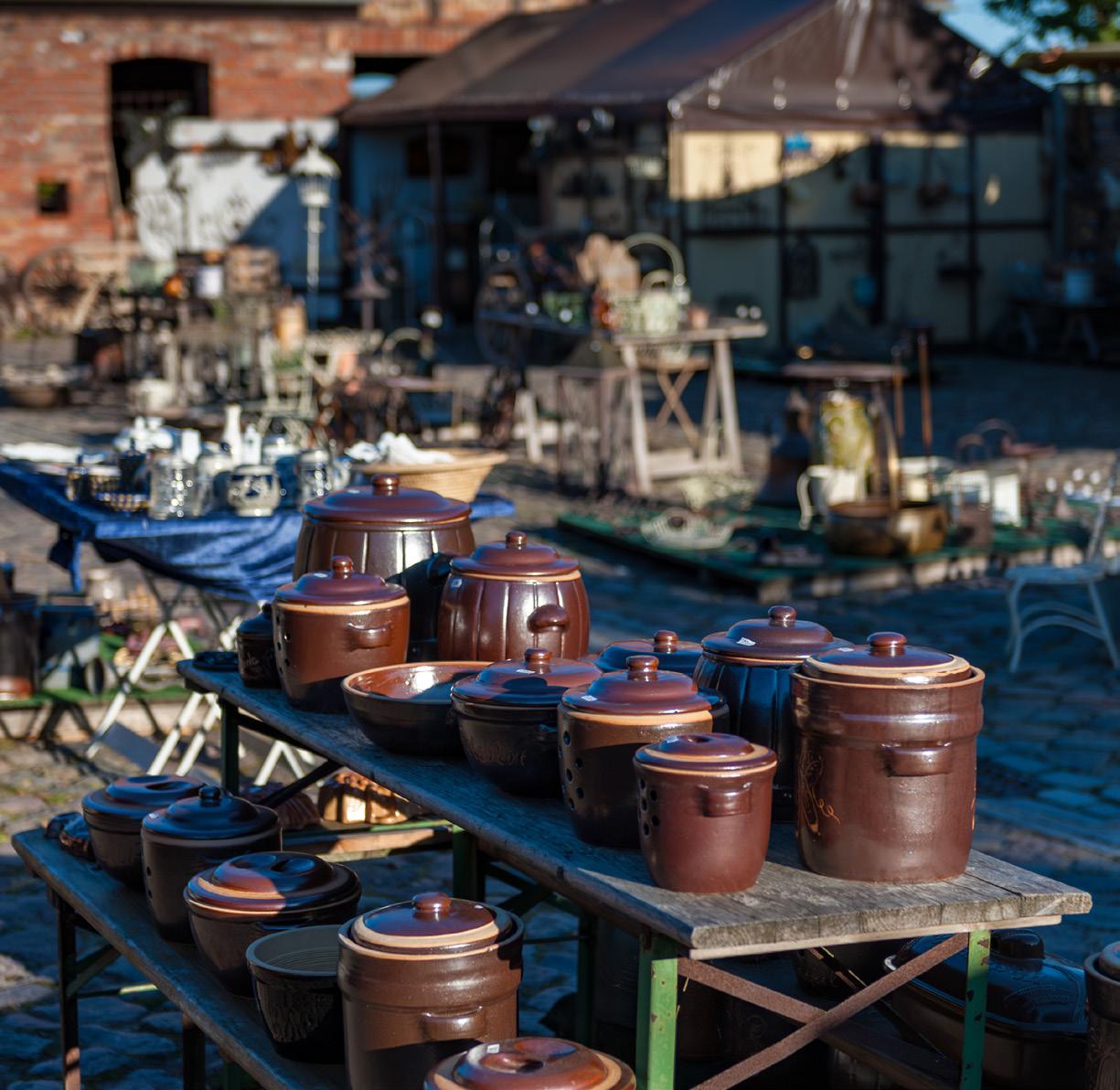
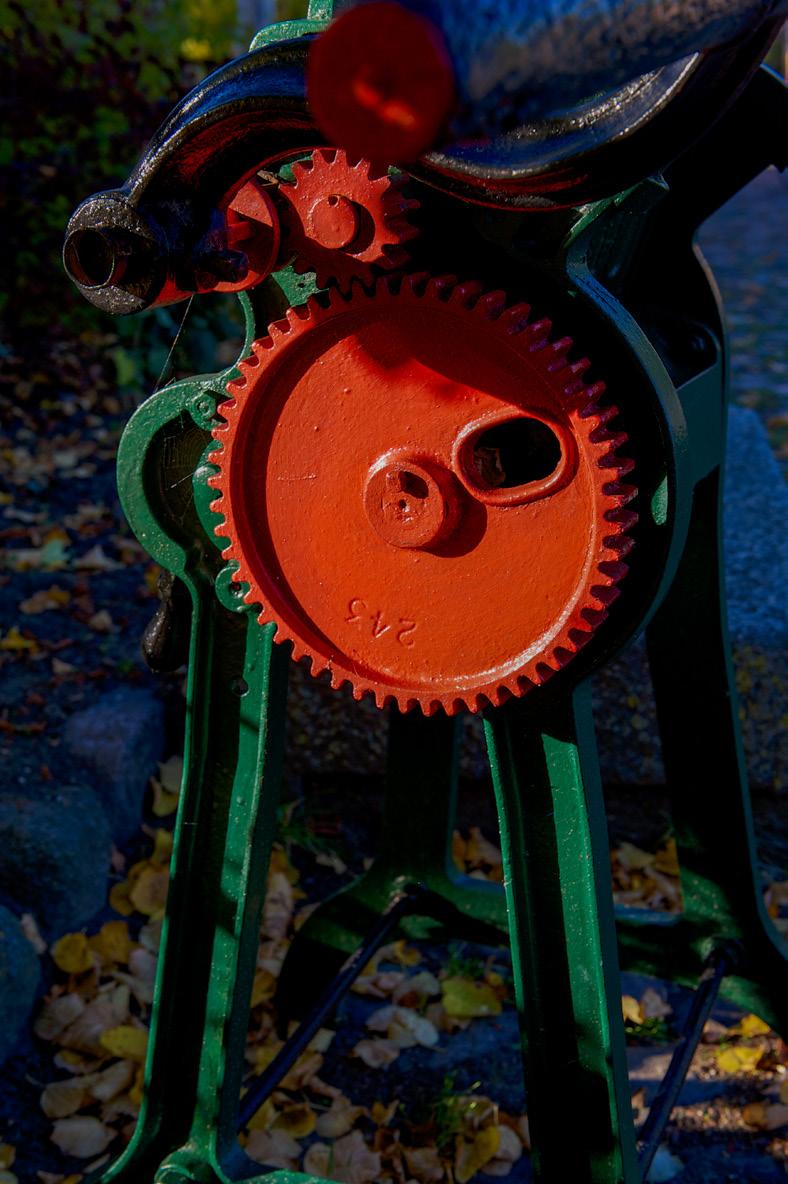
Chris Renk
Jasmund National Park, Germany's smallest national park, captivated me with its iconic chalk cliffs, including the 118-meter-high Königsstuhl. The cliffs’ stark white faces contrast beautifully with the deep blue of the Baltic Sea, creating mesmerizing scenes.
The park’s ancient beech forests, part of a UNESCO World Heritage Site, offer tranquil paths rich with photographic opportunities for flora and fauna. As I hiked from Sassnitz to the Königsstuhl, the forest’s serenity was interrupted only by the occasional rustle of wildlife.

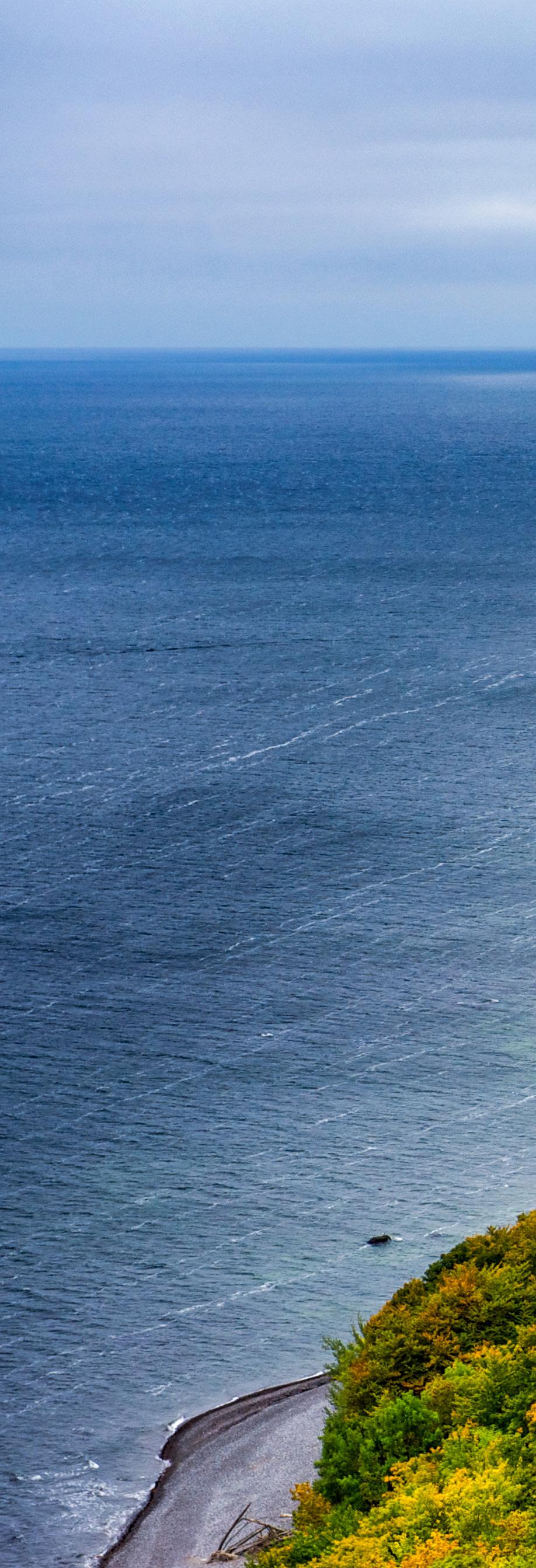
The trail’s numerous viewpoints provided dynamic perspectives of the coastline, while the constant erosion of the cliffs served as a reminder of nature’s relentless power.
The visitor centre at Königsstuhl offered fascinating insights into the area’s geology and biodiversity, adding depth to the visual experience.



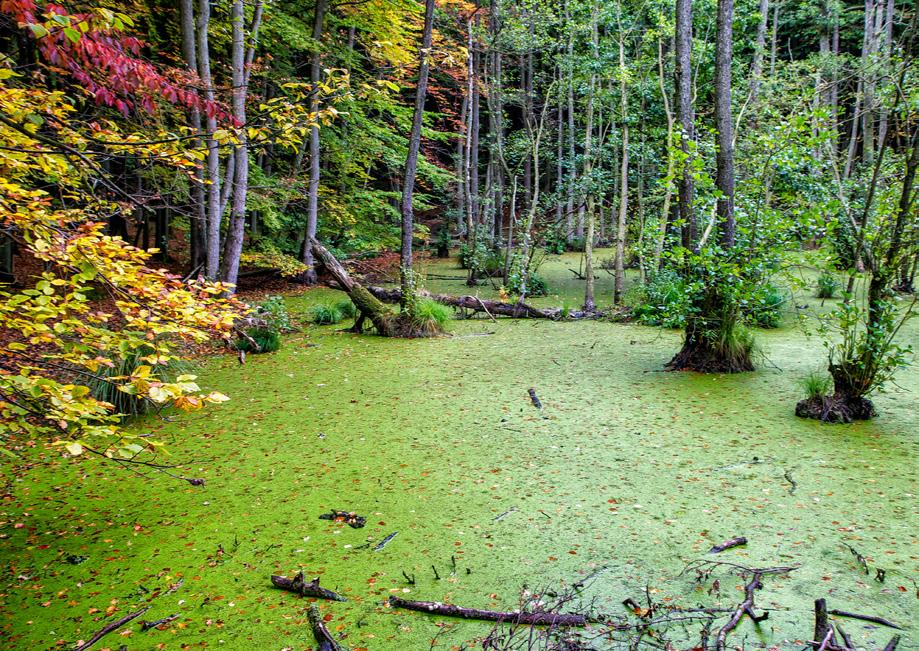


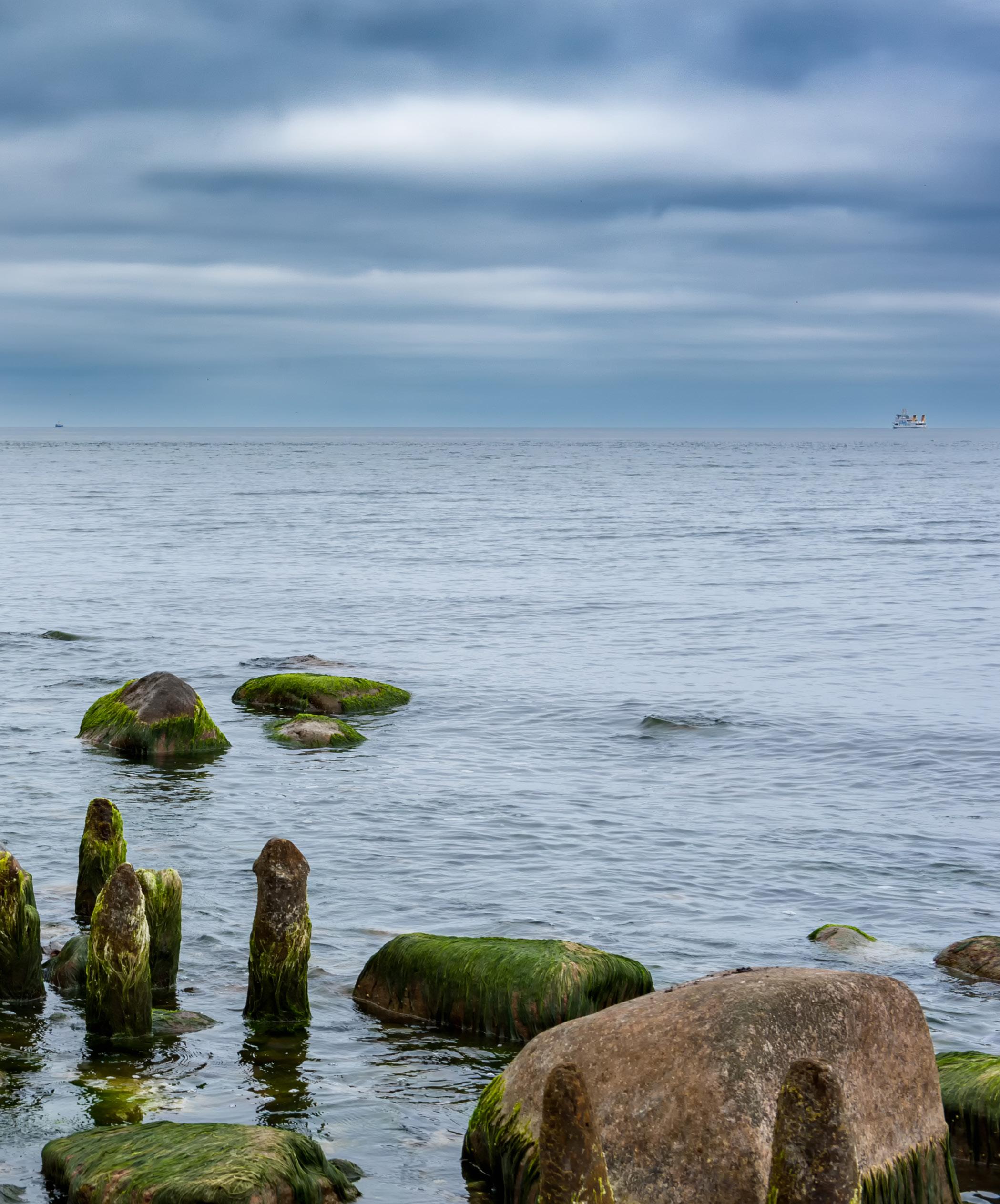
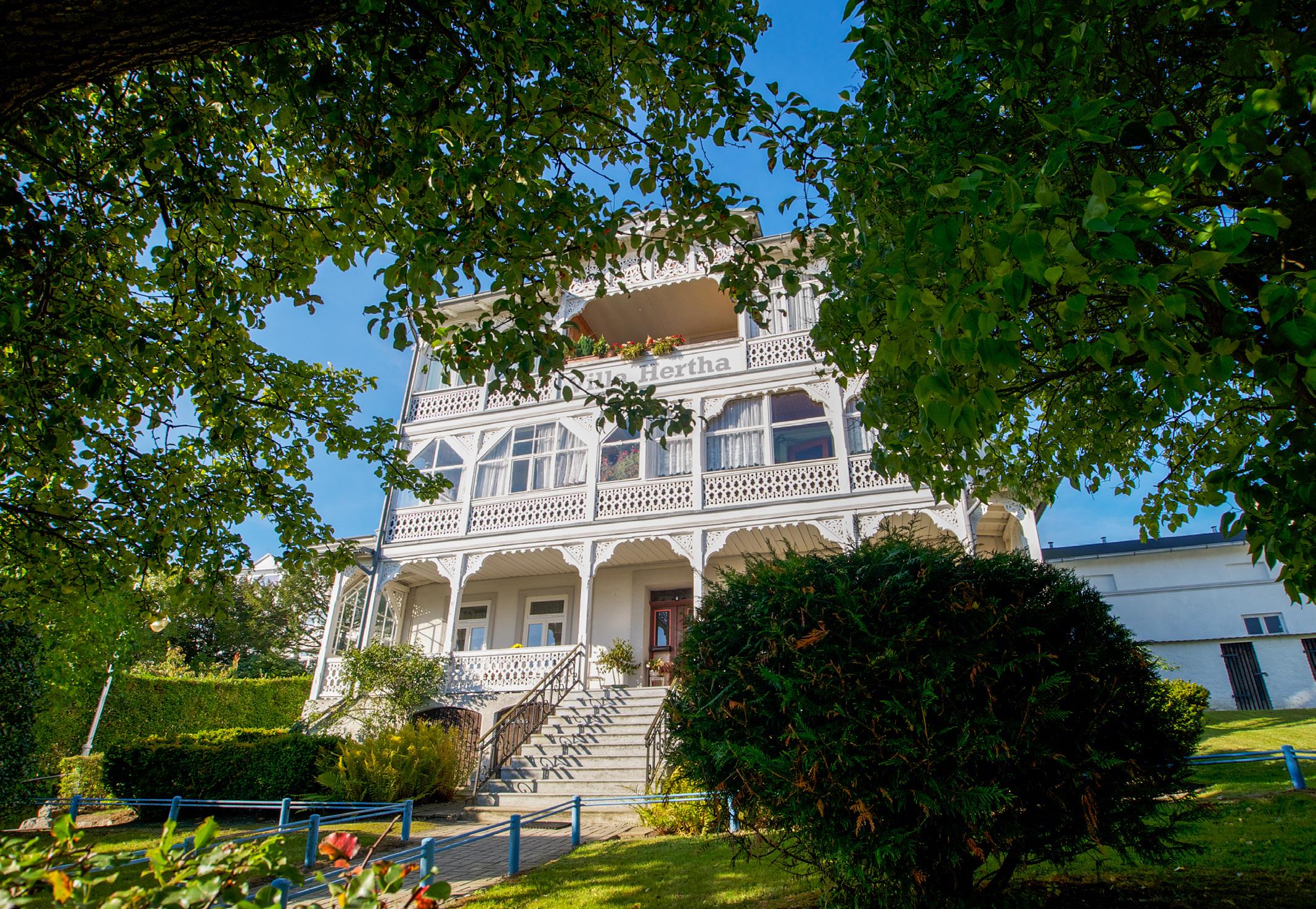


Discovering the Isle of Rügen
This picturesque harbour town seamlessly blends maritime charm with historic architecture. Its promenade led me to the chalk coast, while the old town’s villas, like Villa Hertha, showcased the region’s traditional resort style.
The bustling harbour offered vibrant scenes of fishing trawlers and seagulls basking in the sun, perfect for close-ups and dynamic shots. The butterfly house and the submarine museum added unique attractions to the town’s offerings, providing learning and photographic opportunities.



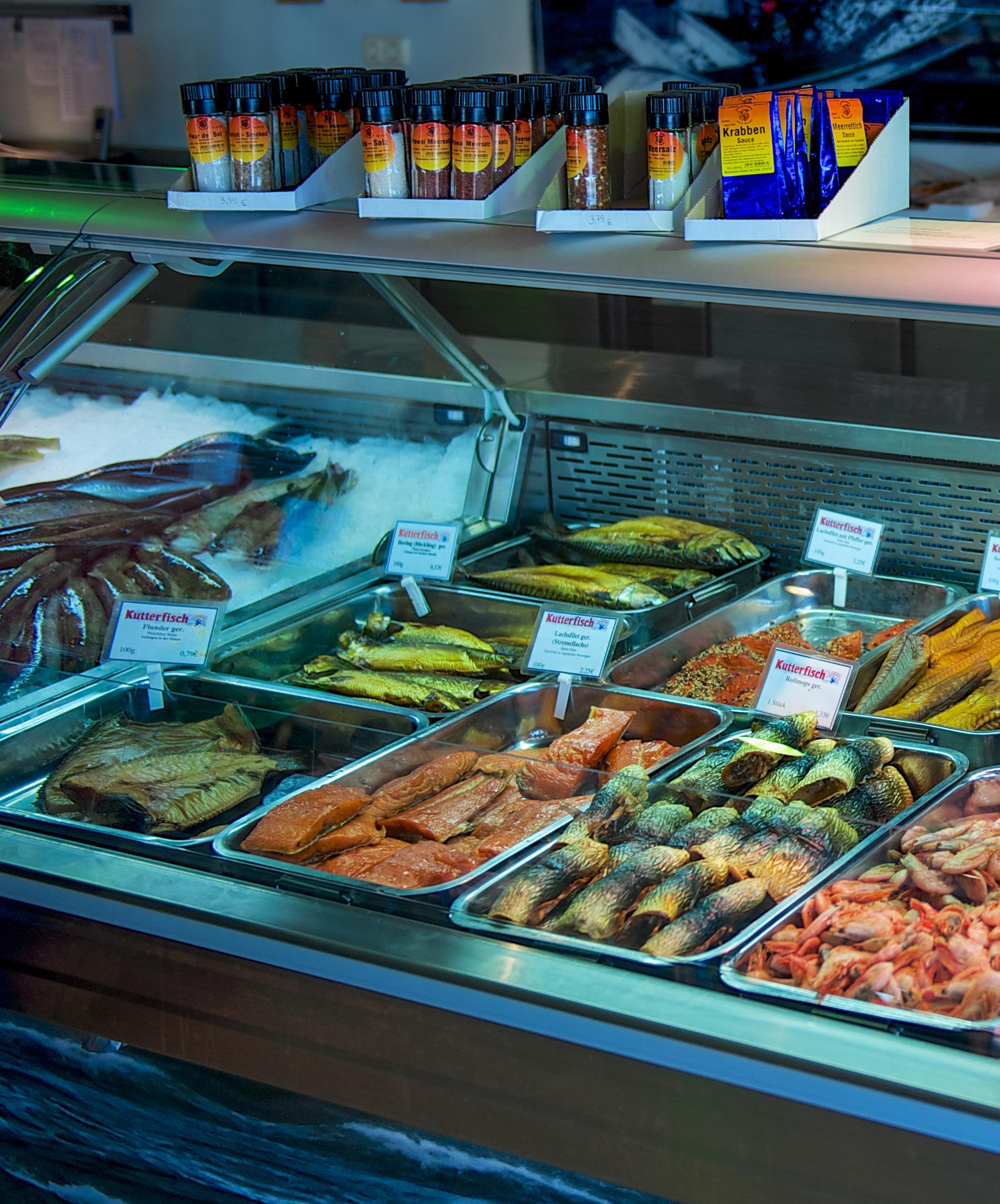


The sprawling KdF-Bath in Prora, a colossal structure from the 1930s, was both awe-inspiring and eerie. This 4.5-kilometre-long building was initially intended as a massive seaside resort. Much of it lies abandoned today, with sections repurposed as museums and accommodations.
Exploring the crumbling architecture felt like stepping back in time, with peeling walls and rusted fixtures offering a gritty beauty perfect for urban exploration photography. Along the nearby beach, kite surfers and seabirds added dynamic elements to the serene landscape.
The on-site museum provided a fascinating glimpse into the building’s controversial history and transformation over the decades.



Renk
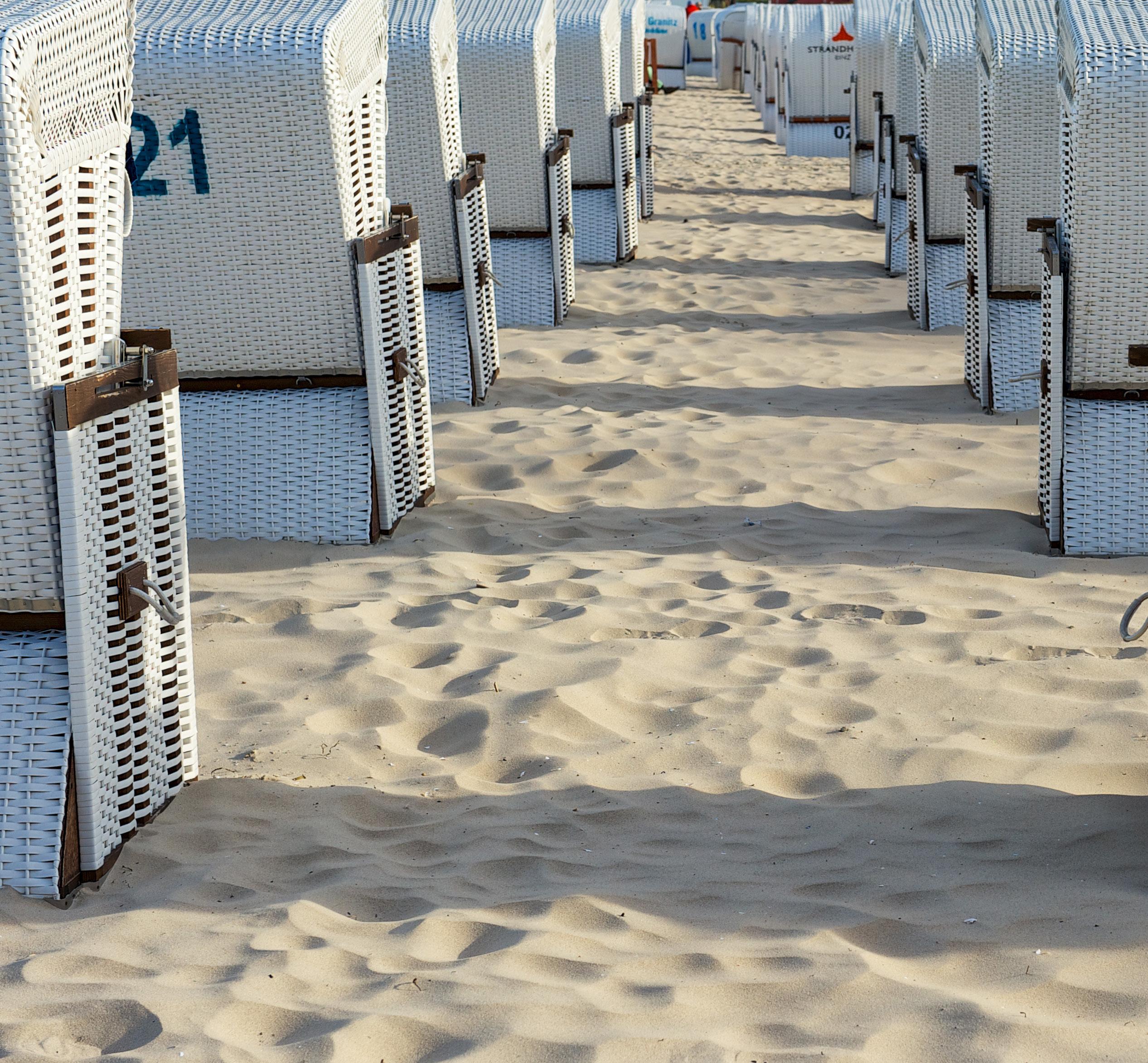
Discovering the Isle of Rügen


Binz charmed me with its elegant 20th-century villas and the iconic 370-meter pier. The juxtaposition of historic buildings against the natural beauty of the Prorer Wiek Bay and the Schmachter See Lake created compelling compositions.
Walking along the promenade, I found vibrant street life, local markets, and cafes offering regional delicacies.

The Granitz Hunting Lodge, located nearby, provided an opportunity to delve into the island’s aristocratic history while capturing architectural details.
Whether photographing the vibrant beach life or the serene surrounding landscapes, Binz delivered an unparalleled variety of scenes.
Chris Renk
Discovering the Isle of Rügen
Nestled amidst the Granitz ridge, this hunting lodge from the 19th century felt like stepping into a storybook.


The ornate 38-meter-high tower, accessible via a spiral staircase with 154 intricately designed steps, offered panoramic views of the island.
The lodge’s main hall, adorned with deer antlers, and its historical exhibits on hunting culture and aristocratic life provided rich storytelling opportunities for photography and exploration.
The surrounding beech forest, crisscrossed with hiking trails, added a natural contrast to the castle’s grandeur, making the entire area a must-visit for photographers.





Renk
the Isle of Rügen

Sellin’s historic sea bridge, reminiscent of English seaside architecture, was a standout feature. This elegant structure, illuminated at night, became a focal point for my photography.
The town’s sandy beaches and coastal wildlife provided ample opportunities for capturing serene and lively scenes.
A walk along the shore revealed hidden gems, including tidal pools and seabirds, which added variety to my portfolio.

The annual Beach Polo Competition, with its vibrant energy and action-packed moments, provided an unexpected and thrilling element to my visit.
Chris Renk
Discovering the Isle of Rügen

Finally, I explored Göhren, located in the heart of a biosphere reserve.
Its blend of coastal forests, gentle hills, and vibrant promenade provided a fitting conclusion to my journey. Lined with traditional beach chairs, the South Beach created a quintessential Baltic scene.
The local museum and cultural events offered a glimpse into the region’s history and traditions, enriching my understanding of Rügen’s unique identity.
The pier and the surrounding natural vistas made for excellent sunset shots, leaving me with lasting memories of this tranquil seaside resort.


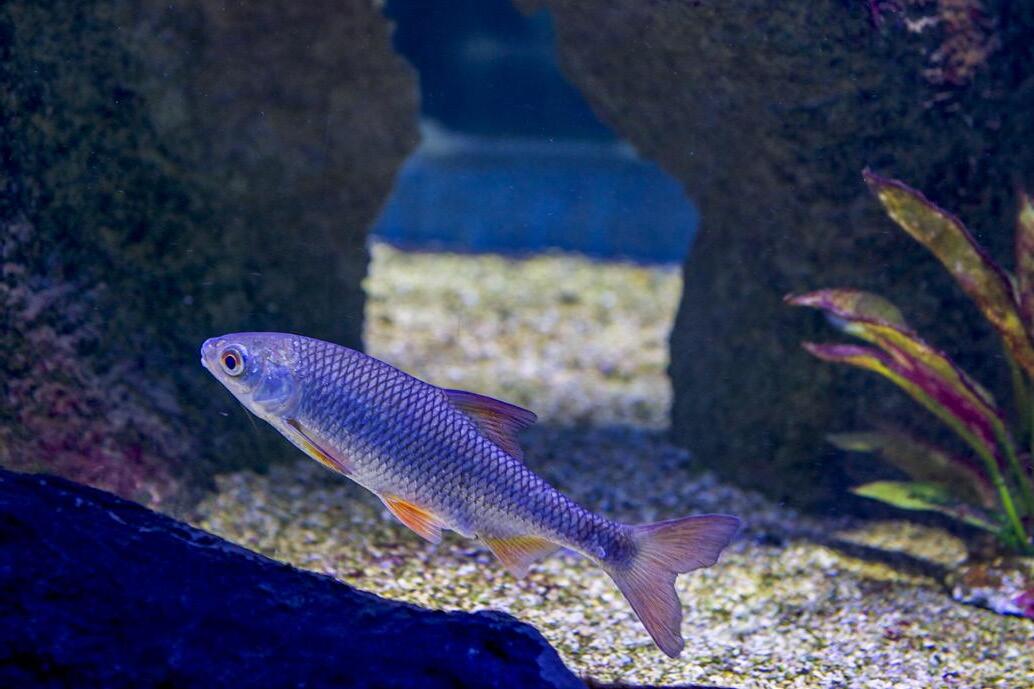
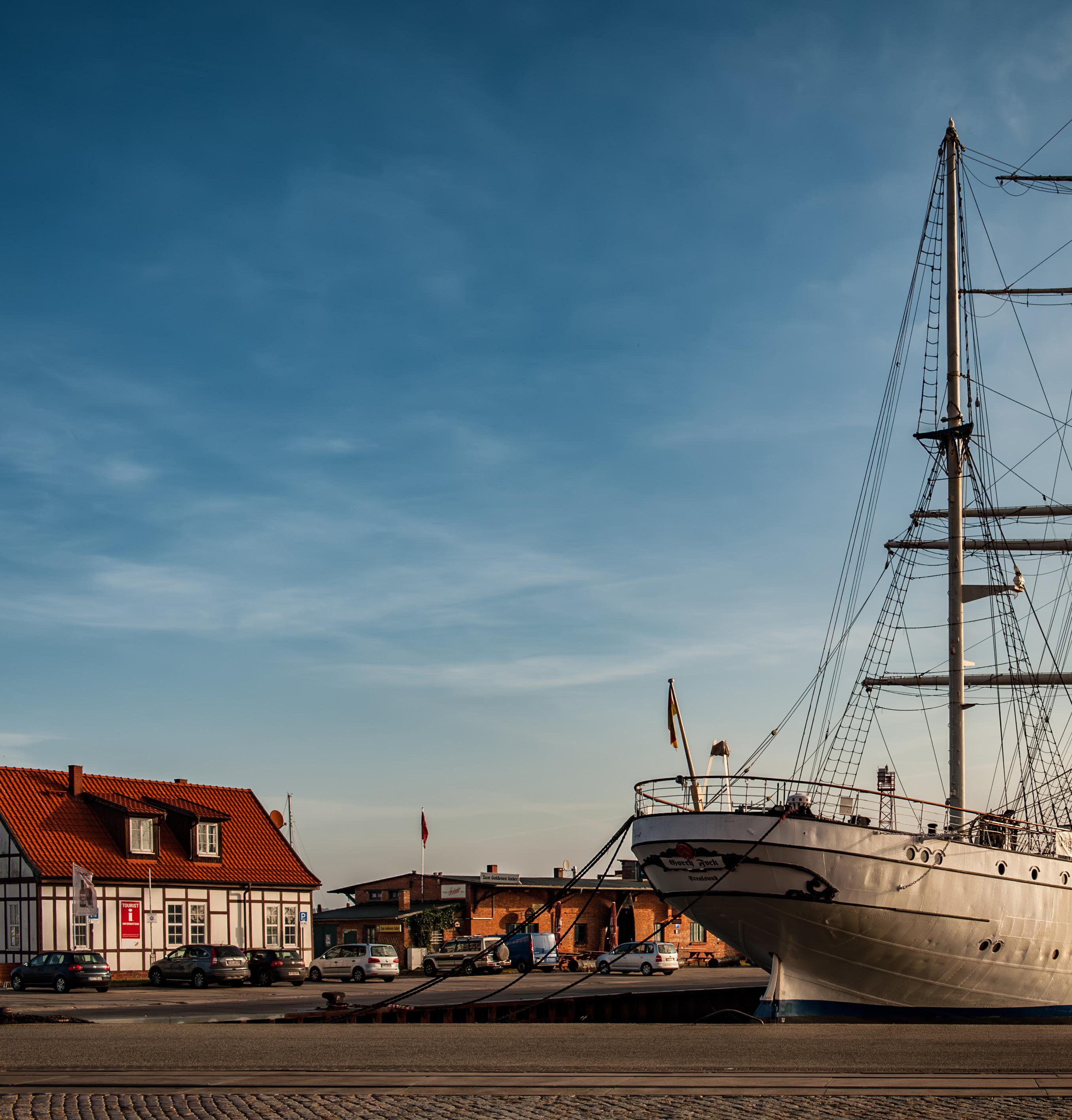

Rügen is a treasure trove for photographers. Its diverse seasons offer unique opportunities, particularly picturesque spring and autumn.
Although tourism can make finding quiet spots challenging, the island’s well-connected infrastructure ensures easy exploration.
This journey was a photographic endeavour and a personal retreat, immersing me in the natural beauty and historical richness of Rügen.
Whether you are a photographer, nature lover, or history enthusiast, Rügen promises an enriching experience for all.

CHAPTER EVENTS 2025
Meetings
MONTHLY ZOOM MEETING
14.01.2025
11.02.2025
11.03.2025
Links will be provided via email. If you arn’t a member of the DEU Chapter and wish to participate as well, please contact us via the following email: germany@rps.org
Online Talk
INTRO TO MINIMALIST PHOTOGRAPHY
Wed, 29th January 2025 18:00 CET
Book here
For upcoming meetings and events, please visit frequently our Chapter Page on RPS.org.
https://rps.org/germany
Please revisit our exhibition page for the latest updates!
https://rps.org/chapters/germany/ exhibitions/
Here is an overview of the specific publication dates:
The Magazine will be published via email as well as on the RPS’s account on ISSUU.
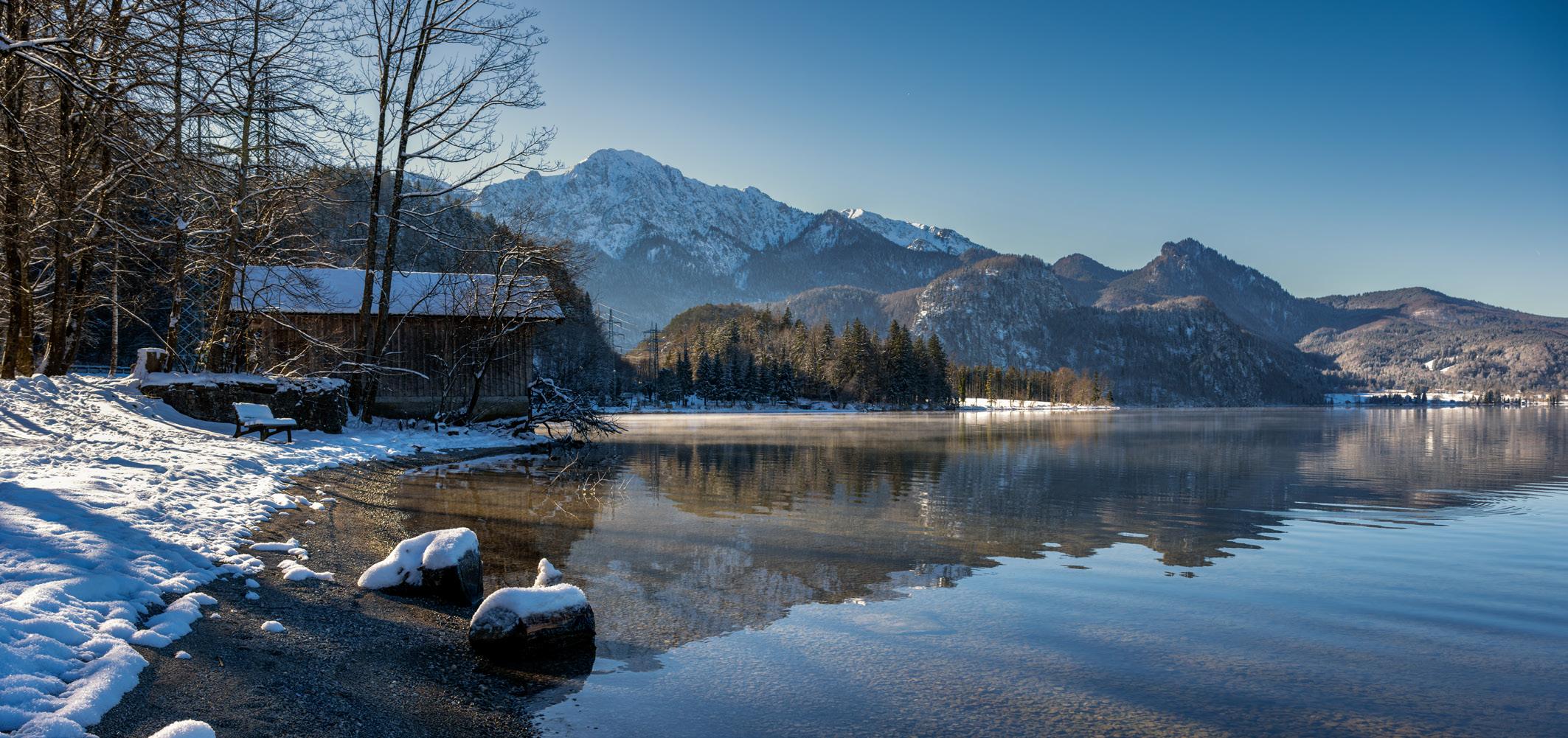
You would like to submit pictures to the quarterly project “Members Photo work”?
Here is a list of the deadlines for each quarter:
1ST QUARTER 2025: 30.03.2025
2ND QUARTER 2025: 30.06.2025
3RD QUARTER 2025: 30.09.2025
4TH QUARTER 2025: 31.12.2025
Please send us the photos with a minimum resolution of 3000 x 3000 pixels and 300dpi.
For the naming of the photos please use following naming convention:
FIRST3LETTERSOFYOURSURENAME_ QNUMBEROFQUARTER-YEAR_IMAGETITLE.JPG
Each participant is responsible for compliance with the Data Protection Ordinance and the Copyright Act.
Participants please send the photos to the following email: germany@rps.org
After the RPS Journal is published by an external company, the rules for contributions and the recording of events are more restrictive.
As an indication, a lead time of 2 months can be assumed to include articles in the journal.
If events of the German Chapter are published on the Chapter website under the heading Event, they are automatically included in the journal.
Here, the lead time is about one month before the journal’s publication.
Please note this when planning events and articles.
Since the magazine is published by the chapter itself, we are very flexible regarding the time schedule for submitting texts, pictures, and dates for events.
We ask for enough time in advance to avoid complicating the editor’s life.
As a rule, the editor should receive contributions about 30 days before the publication date.
Otherwise, inform us that you need additional time to contribute.
Please take the publication dates from the adjacent column.
